The document outlines key principles for effective software programming, emphasizing aspects such as refactoring, design patterns, and simplicity. It presents the importance of good software characteristics, including maintainability, flexibility, and communication, while incorporating practical examples of coding practices. Additionally, the discussion includes the impact of technological advancements on productivity and the need for effective communication in software development environments.
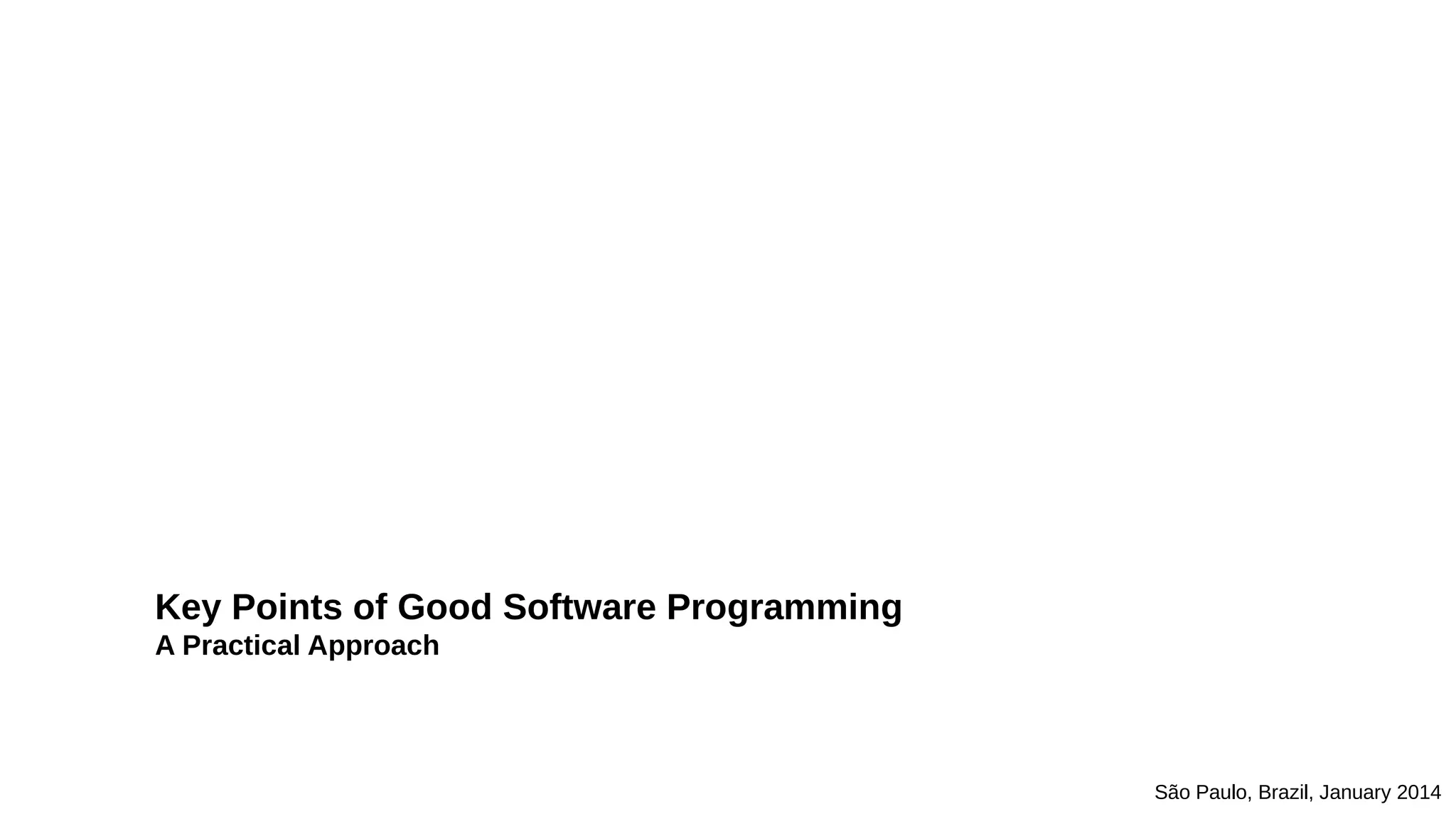
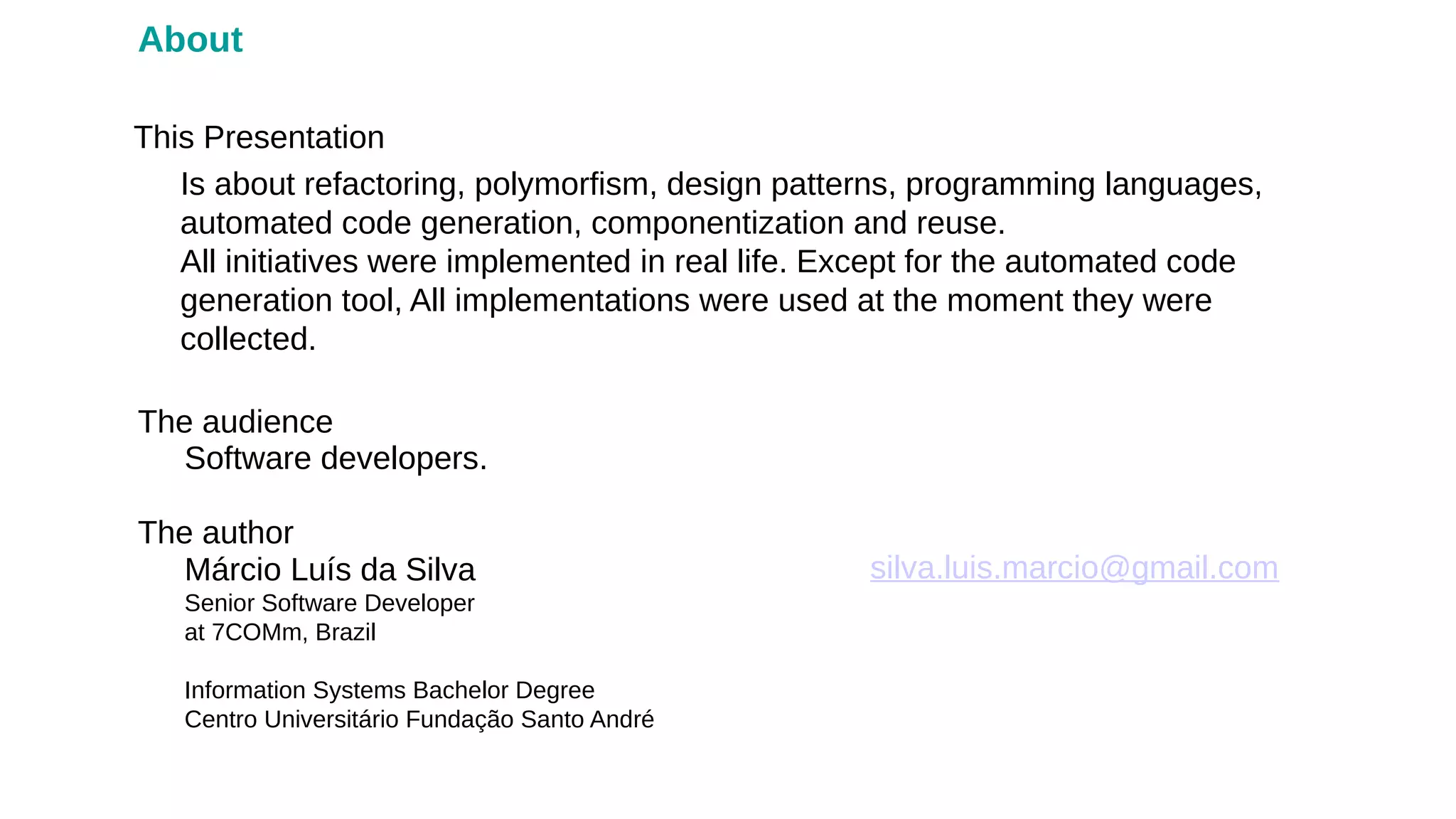
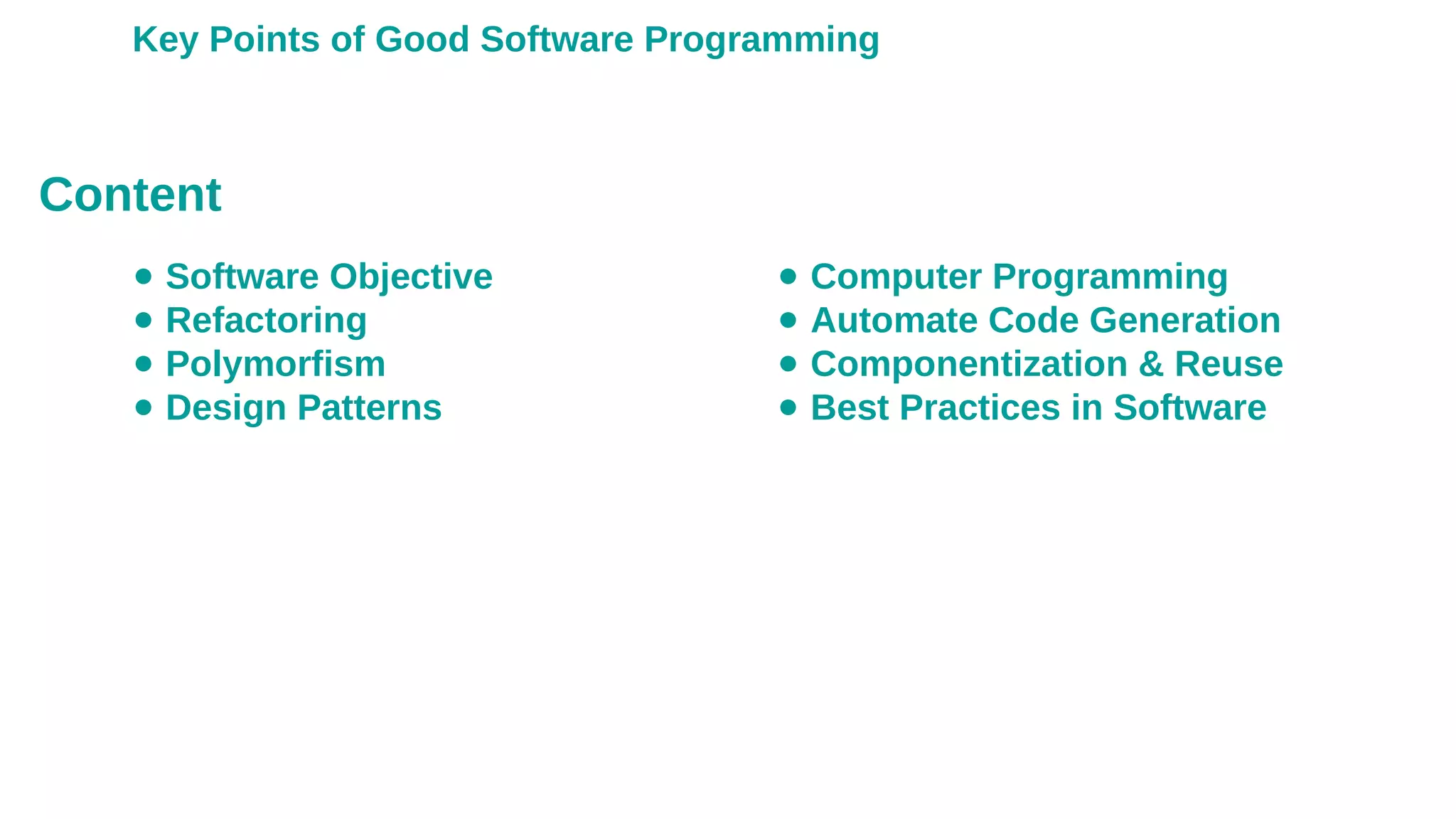
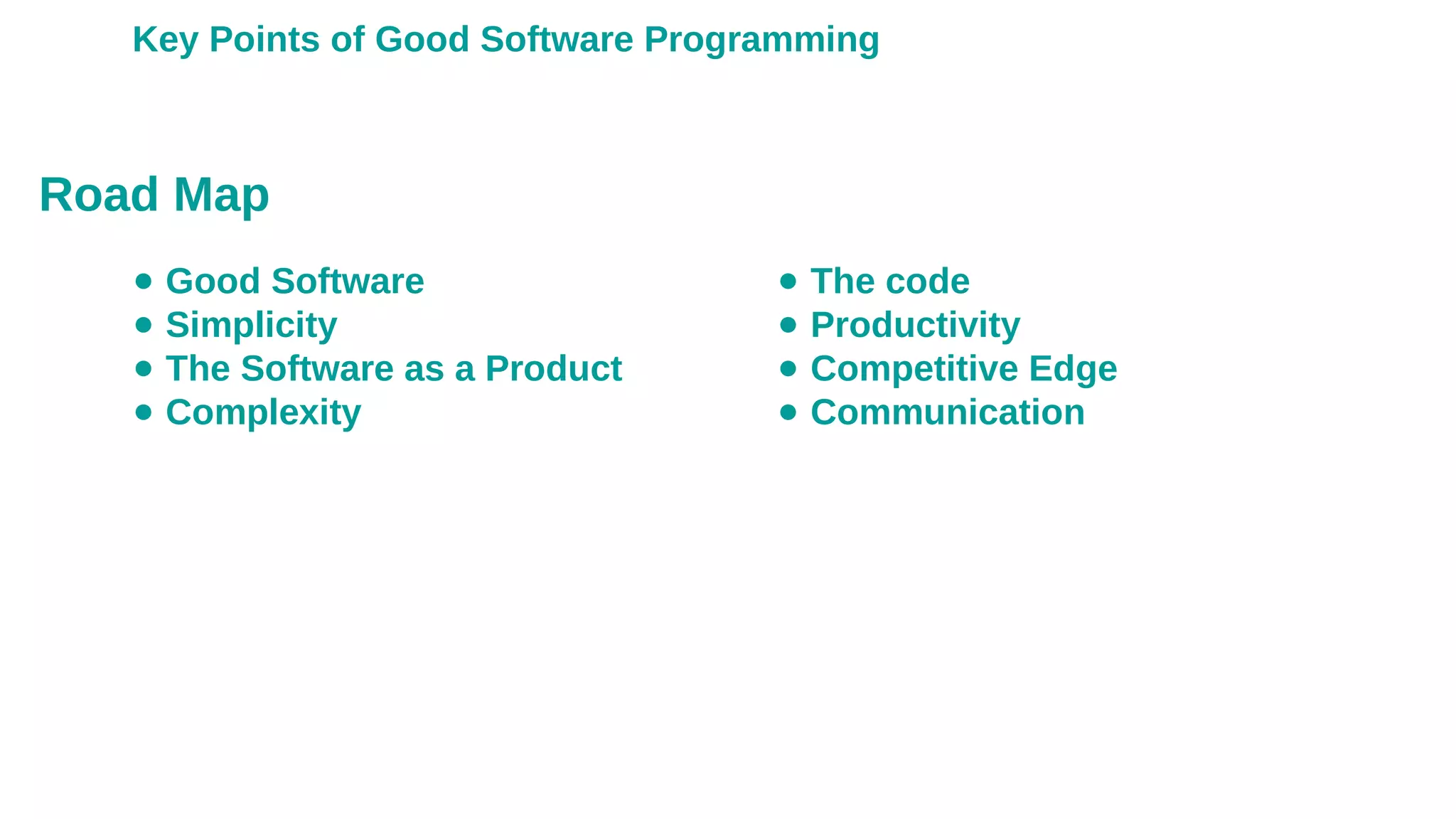
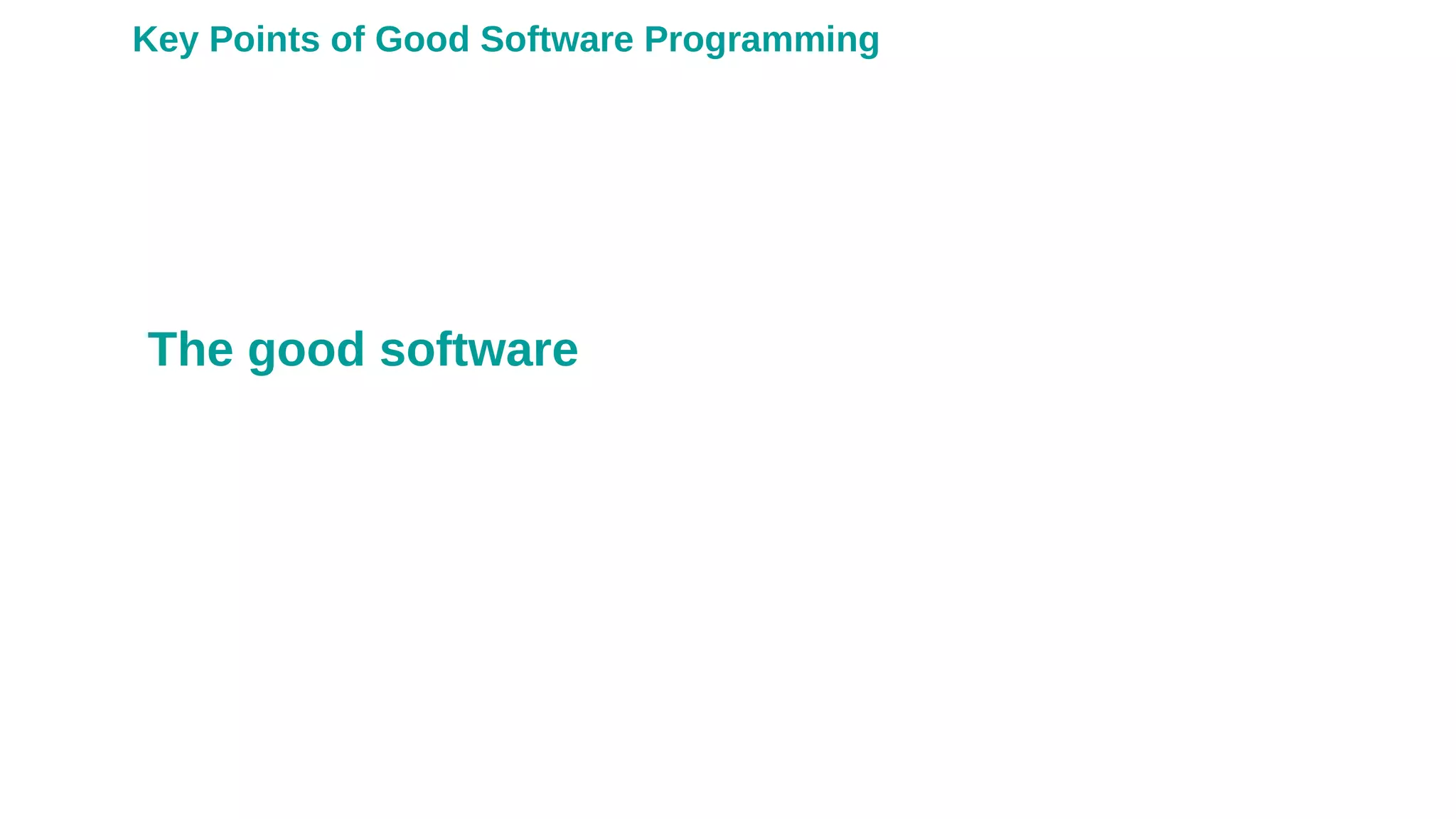
![External characteristics [2]
● Correctness
● Usability
● Efficiency
● Reliability
● Integrity
● Adaptability
● Accuracy
● Robustness
[2] Steve McConnell. Code Complete, A Practical Handbook of Software Construction
Internal characteristics [2]
•
Maintainability
•
Flexibility
•
Portability
•
Reusability
•
Readability
•
Testability
•
Understandability
Profitable
Customers Suppliers
Good
experience
The Good Software
+](https://image.slidesharecdn.com/keypointsofgoodsoftwareprogramming-170921145843/75/Key-points-of-good-software-programming-6-2048.jpg)
![Many programming projects are still operated like machine shops.
[1] Frederick Brooks. The Mythical Man-Month
•
Common development and maintenance of the general-purpose programming
tools.
•
High-level language;
•
Sharing and protection for data and programs, extensive library management;
•
facilities for cooperative work
The essential problem is communication.
Successful Improvements
The Technological Scenario](https://image.slidesharecdn.com/keypointsofgoodsoftwareprogramming-170921145843/75/Key-points-of-good-software-programming-7-2048.jpg)
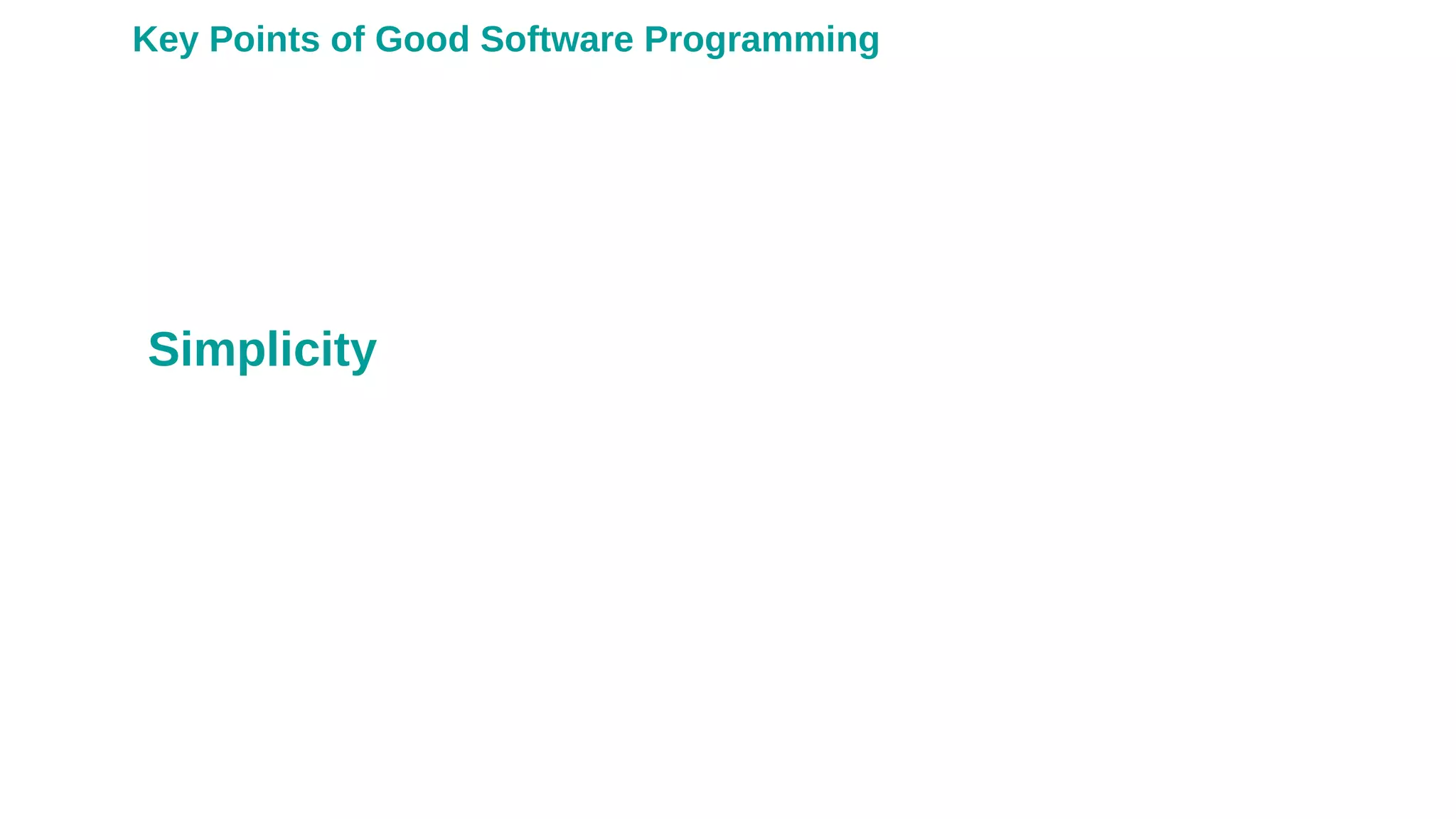
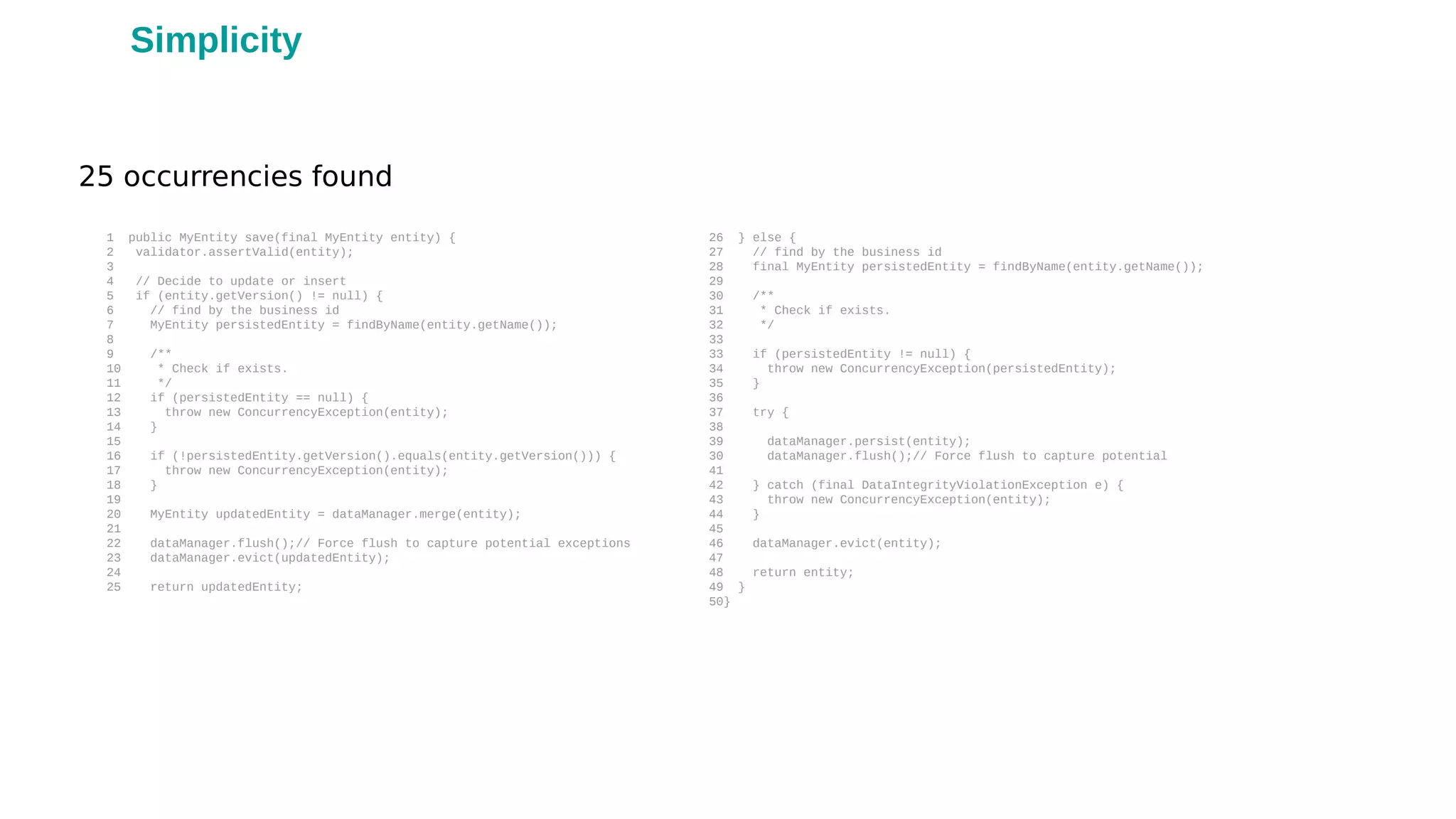
![1 public T persist(T object) throws PersistenceException {
2
3 if (checkUpdate(object) != null) {
4
5 getHibernateOperations().saveOrUpdate(object);
6 return object;
7
8 } else {
9
10 checkUnique(object);
11 getHibernateOperations().persist(object);
12 return object;
13
14 }
15 }
16
17 private T checkUpdate(T object) throws PersistenceException {
18 Serializable id = JPAUtils.getId(object);
19 Object version = JPAUtils.getVersion(object);
20
21 T persistedObj = null;
22
23 if (id != null) {
24
25 persistedObj = getHibernateOperations().get((Class<T>)
this.entityType, id);
26 if (persistedObj == null) {
27 throw new ConcurrencyException(getFailedEntity(object));
28 }
29 getHibernateOperations().evict(persistedObj);
30
31 }
32
33 if (version != null && persistedObj != null) {
34
35 Object persistedVersion = JPAUtils.getVersion(persistedObj);
36 if (!persistedVersion.equals(version)) {
37 throw new ConcurrencyException(getFailedEntity(object));
38 }
39 }
40
41 return persistedObj;
42 }
43
44 private T checkUnique(T object) throws PersistenceException {
45 String[] propertyNames = JPAUtils.getUniqueProperties(object.getClass());
46 if (propertyNames.length > 0) {
47 Object[] propertyValues = JPAUtils.getUniqueValues(object);
48 DetachedCriteria criteria = DetachedCriteria.forClass(object.getClass());
49 for (int index = 0; index < propertyNames.length; index++) {
50 criteria.add(Restrictions.eq(propertyNames[index], propertyValues[index]));
51 }
52 if (!hibernateOperations.findByCriteria(criteria).isEmpty()) {
53 throw new ConcurrencyException(getFailedEntity(object));
54 }
55 }
56 return object;
57 }
The DRY implementation
Simplicity](https://image.slidesharecdn.com/keypointsofgoodsoftwareprogramming-170921145843/75/Key-points-of-good-software-programming-10-2048.jpg)
![Benefits:
● Less code to correct defects;
● Less code to change;
● Less code to test.
Internal characteristics [2]
•
Maintainability
•
Flexibility
•
Portability
•
Reusability
•
Readability
•
Testability
•
Understandability
Simplicity](https://image.slidesharecdn.com/keypointsofgoodsoftwareprogramming-170921145843/75/Key-points-of-good-software-programming-11-2048.jpg)
![●Once and only once [3];
●DRY - Don't Repeat Yourself [4];
●Duplication represents additional work, risk, and
unnecessary complexity [5].
●The focus on eliminating duplication can take us a long
way in the direction of simplicity [6].
[3] Extreme Programming: A gentle introduction (http://www.extremeprogramming.org/rules/simple.html)
[4] Andrew Hunt, David Thomas. Pragmatic Programmer, The: From Journeyman to Master
[5] Robert C. Martin. Clean Code. A Handbook of Agile Software Craftsmanship
[6] Martin Fowler. Is Design Dead? (http://martinfowler.com/articles/designDead.html)
TUBE - Testable, Understandable, Browsable and
Explainable [3];
Simplicity](https://image.slidesharecdn.com/keypointsofgoodsoftwareprogramming-170921145843/75/Key-points-of-good-software-programming-12-2048.jpg)
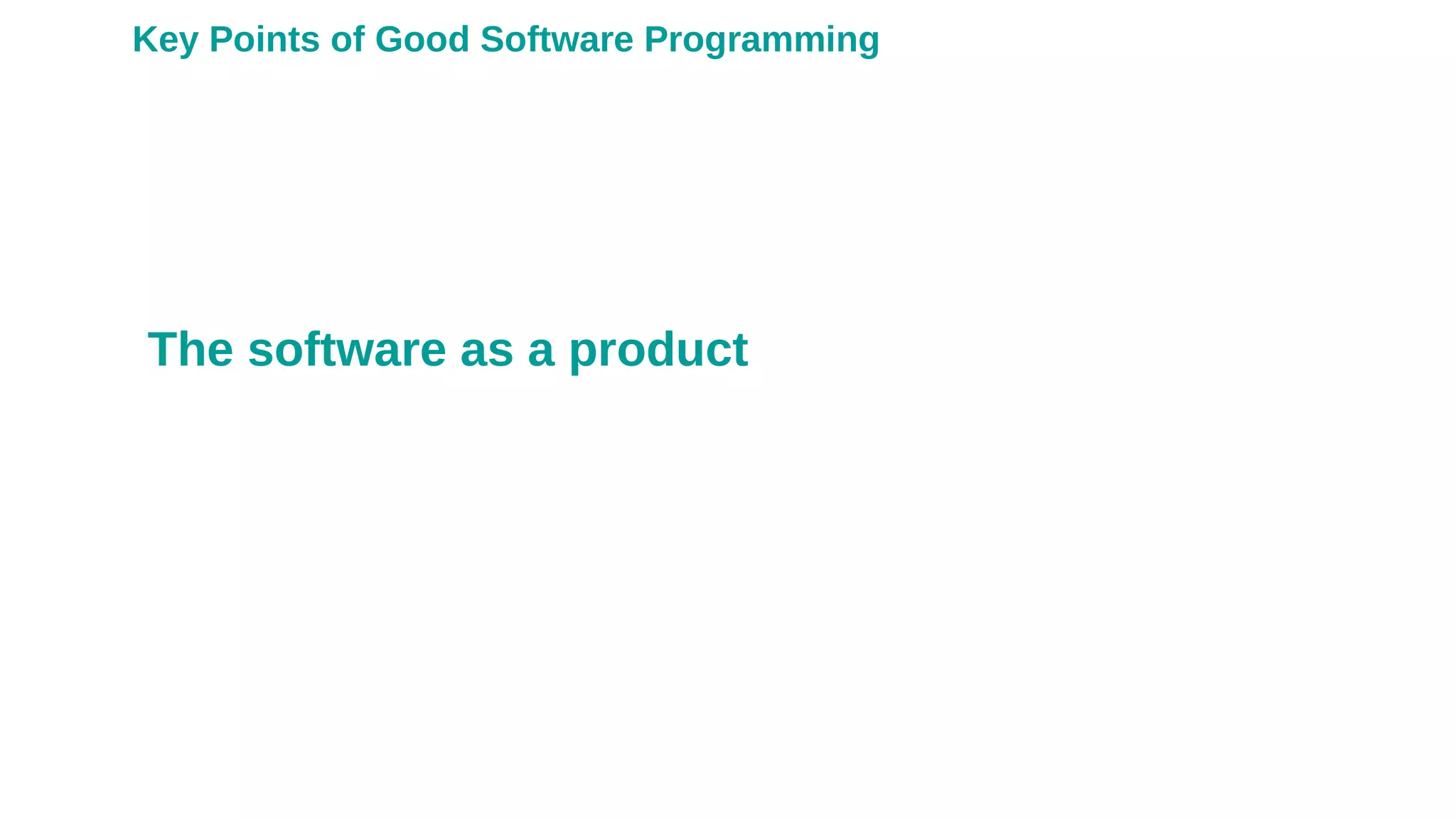
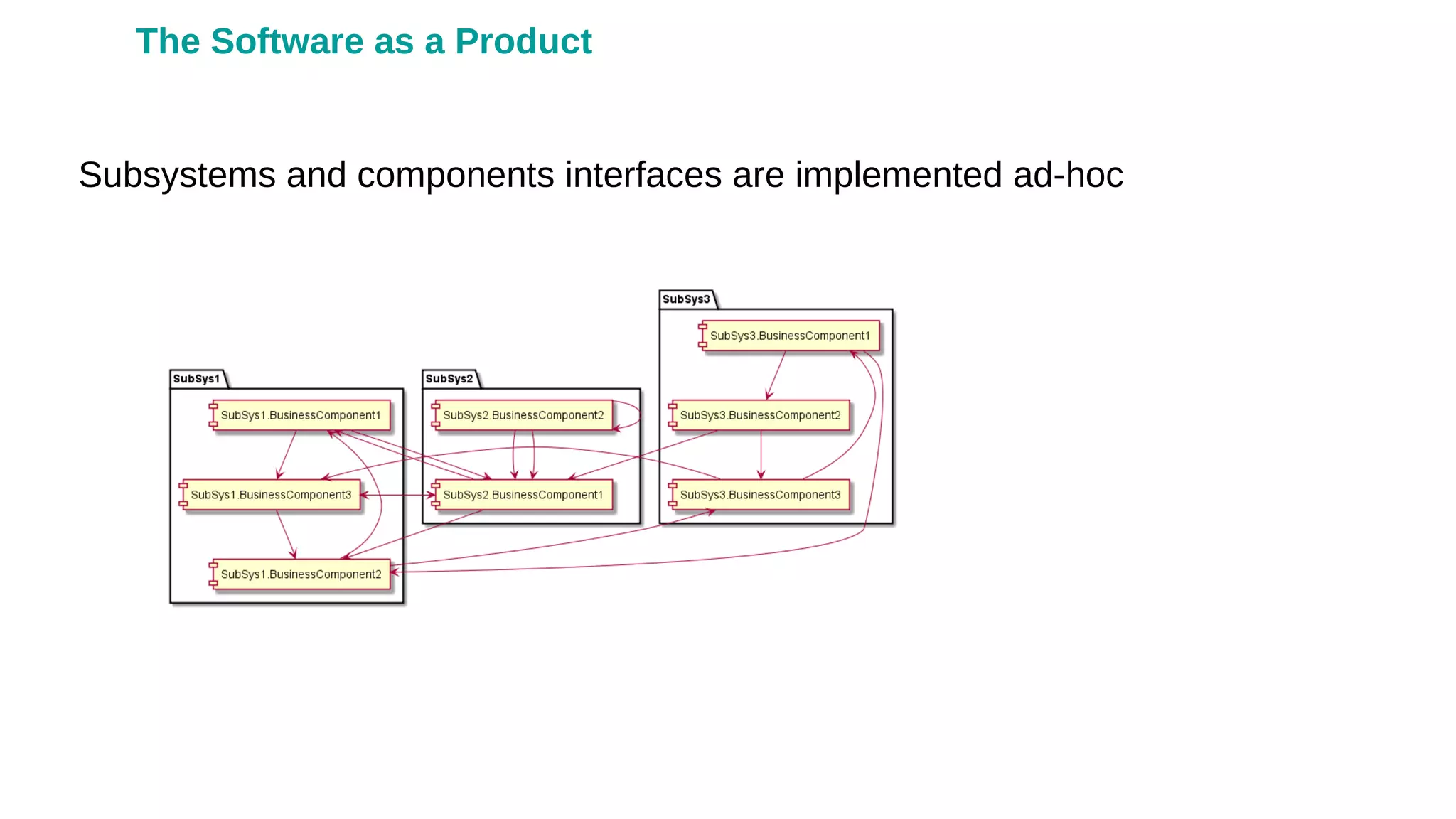
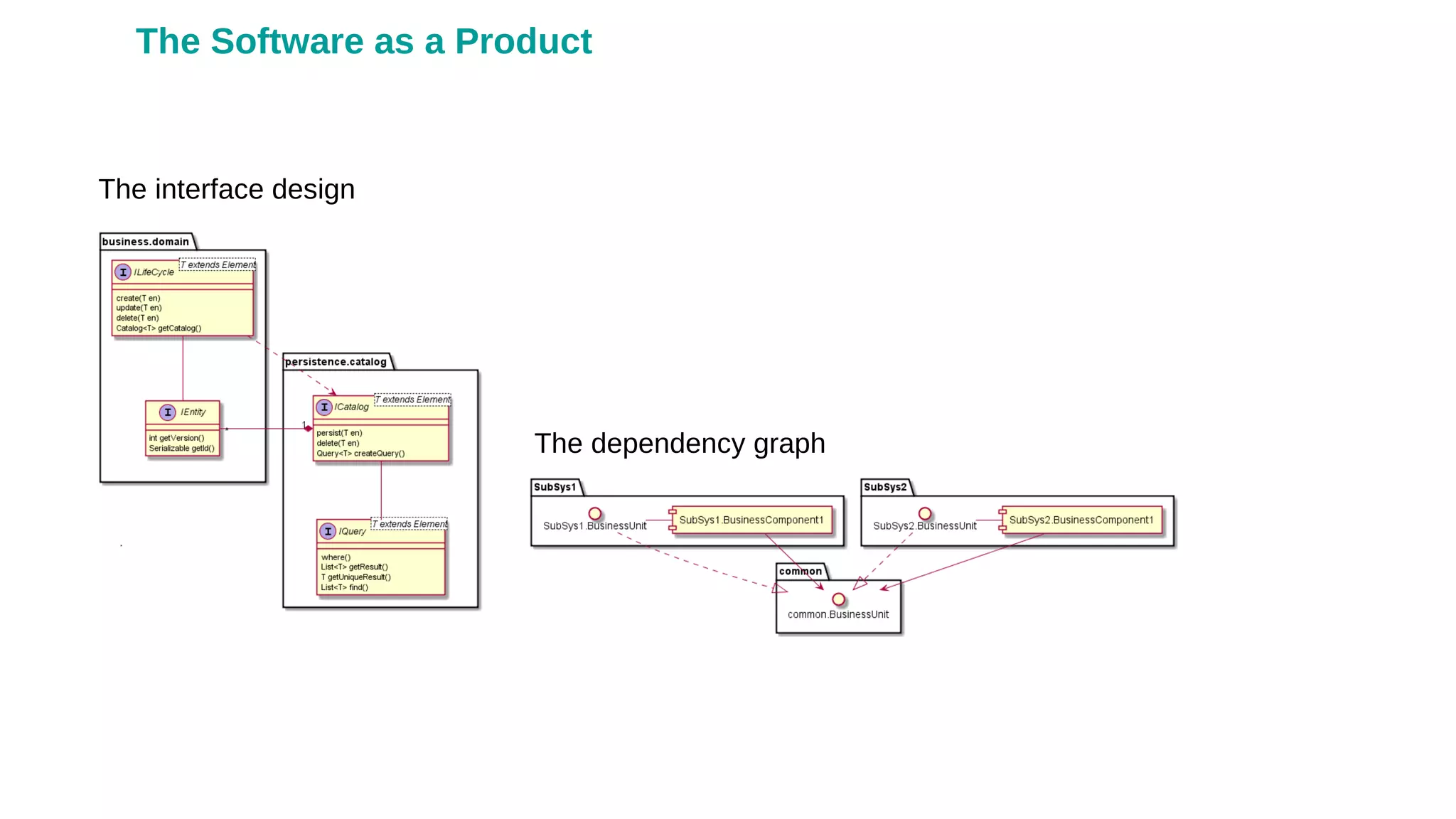
![Benefits:
●Architectural improvements;
●Dependency graph simplification;
Internal characteristics [2]
•
Maintainability
•
Flexibility
•
Portability
•
Reusability
•
Readability
•
Testability
•
Understandability
The Software as a Product](https://image.slidesharecdn.com/keypointsofgoodsoftwareprogramming-170921145843/75/Key-points-of-good-software-programming-16-2048.jpg)
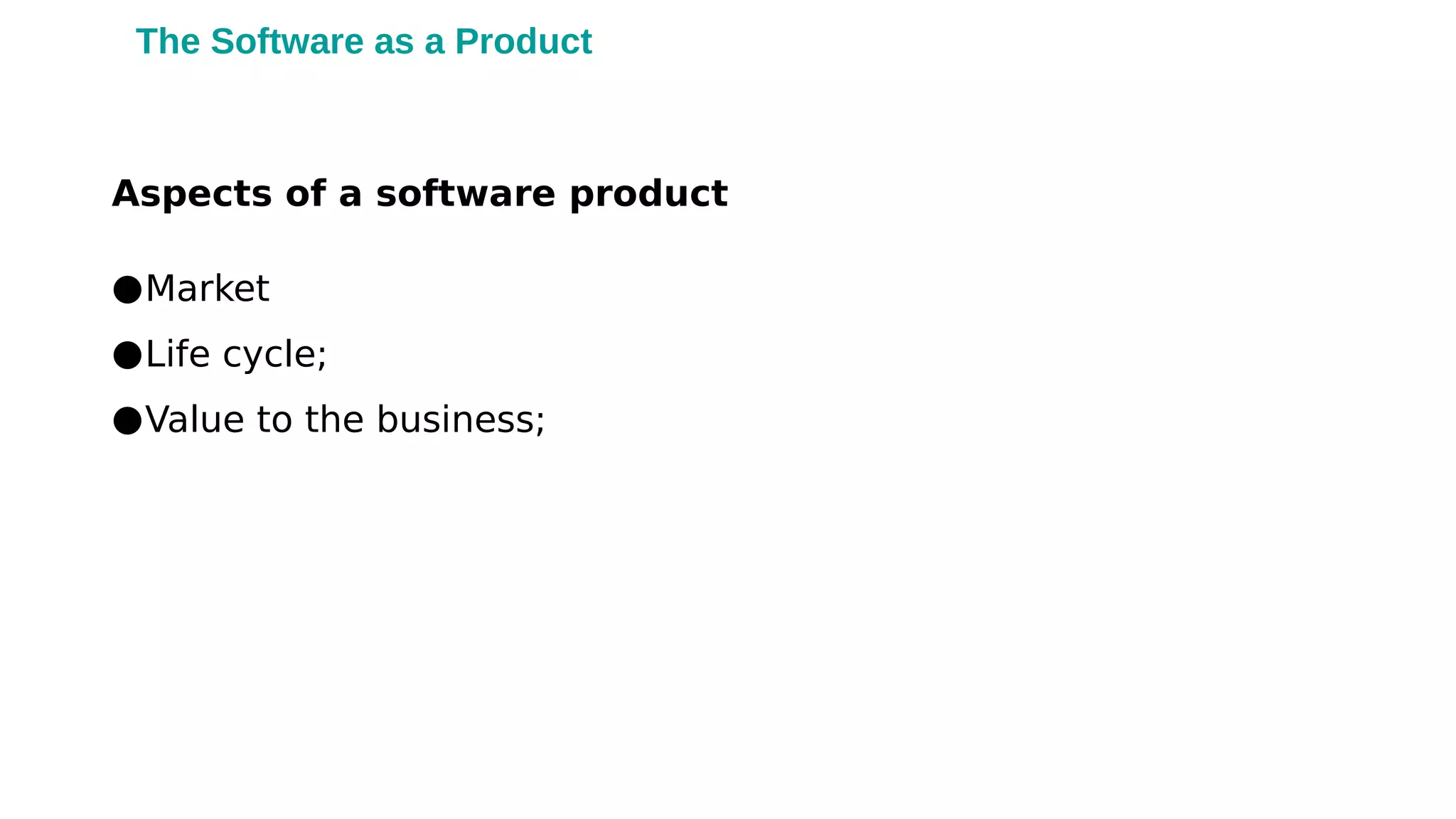
![[3] Extreme Programming: A gentle introduction (http://www.extremeprogramming.org/rules/simple.html)
[6] Martin Fowler. Is Design Dead? (http://martinfowler.com/articles/designDead.html)
[7] The MDA Guide v1.0.1 - OMG (http://www.omg.org/cgi-bin/doc?omg/03-06-01.pdf)
●Every application must be built to last, to be integrated, to be
updated [7];
●It's easy to refactor [6];
●Helps new people begin contributing quickly [3];
Software Design
The Software as a Product](https://image.slidesharecdn.com/keypointsofgoodsoftwareprogramming-170921145843/75/Key-points-of-good-software-programming-18-2048.jpg)
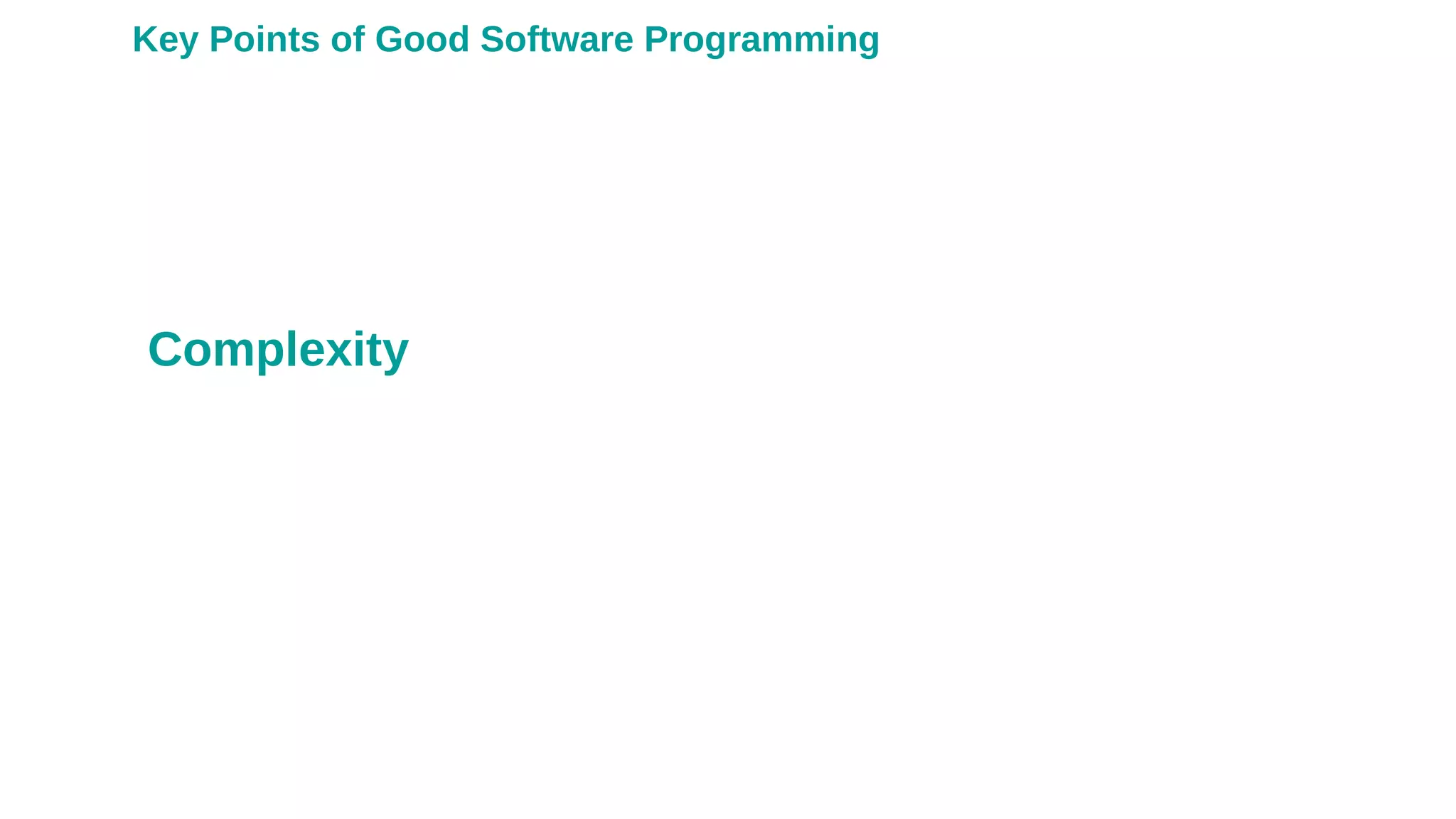
![Catalog interface is based in DAO pattern.
Complexity
[17] http://www.corej2eepatterns.com](https://image.slidesharecdn.com/keypointsofgoodsoftwareprogramming-170921145843/75/Key-points-of-good-software-programming-20-2048.jpg)
![Benefits:
●Easy to explain the
implementation;
●DAO Pattern helped to achieve a
robust and stable implementation.
Internal characteristics [2]
•
Maintainability
•
Flexibility
•
Portability
•
Reusability
•
Readability
•
Testability
•
Understandability
Complexity](https://image.slidesharecdn.com/keypointsofgoodsoftwareprogramming-170921145843/75/Key-points-of-good-software-programming-21-2048.jpg)
![Kiss - Keep It Simple Stupid using design patterns
[1] Frederick Brooks. The Mythical Man-Month
[[4] Andrew Hunt, David Thomas. Pragmatic Programmer, The: From Journeyman to Master
[14] Fowler, Rice, Foemmel, Hieatt, Mee, Stafford. Patterns of Enterprise Application Architecture
[15] Samisa Abeysinghe. PHP Team Development: Easy and Effective Team Work Using MVC, Agile Development, Source Control, ...
[16] GEORGE J. KLIR. Facets of Systems Science
Complexity](https://image.slidesharecdn.com/keypointsofgoodsoftwareprogramming-170921145843/75/Key-points-of-good-software-programming-22-2048.jpg)
![Design Patterns
● Common solutions to recurring problems [4];
● They're rooted in practice [14];
● Learning from experts in the software field [15].
● Conceptual integrity [1].
● Simplifying assumptions, if unavoidable, are introduced carefully [16].
[1] Frederick Brooks. The Mythical Man-Month
[[4] Andrew Hunt, David Thomas. Pragmatic Programmer, The: From Journeyman to Master
[14] Fowler, Rice, Foemmel, Hieatt, Mee, Stafford. Patterns of Enterprise Application Architecture
[15] Samisa Abeysinghe. PHP Team Development: Easy and Effective Team Work Using MVC, Agile Development, Source Control, ...
[16] GEORGE J. KLIR. Facets of Systems Science
Complexity](https://image.slidesharecdn.com/keypointsofgoodsoftwareprogramming-170921145843/75/Key-points-of-good-software-programming-23-2048.jpg)
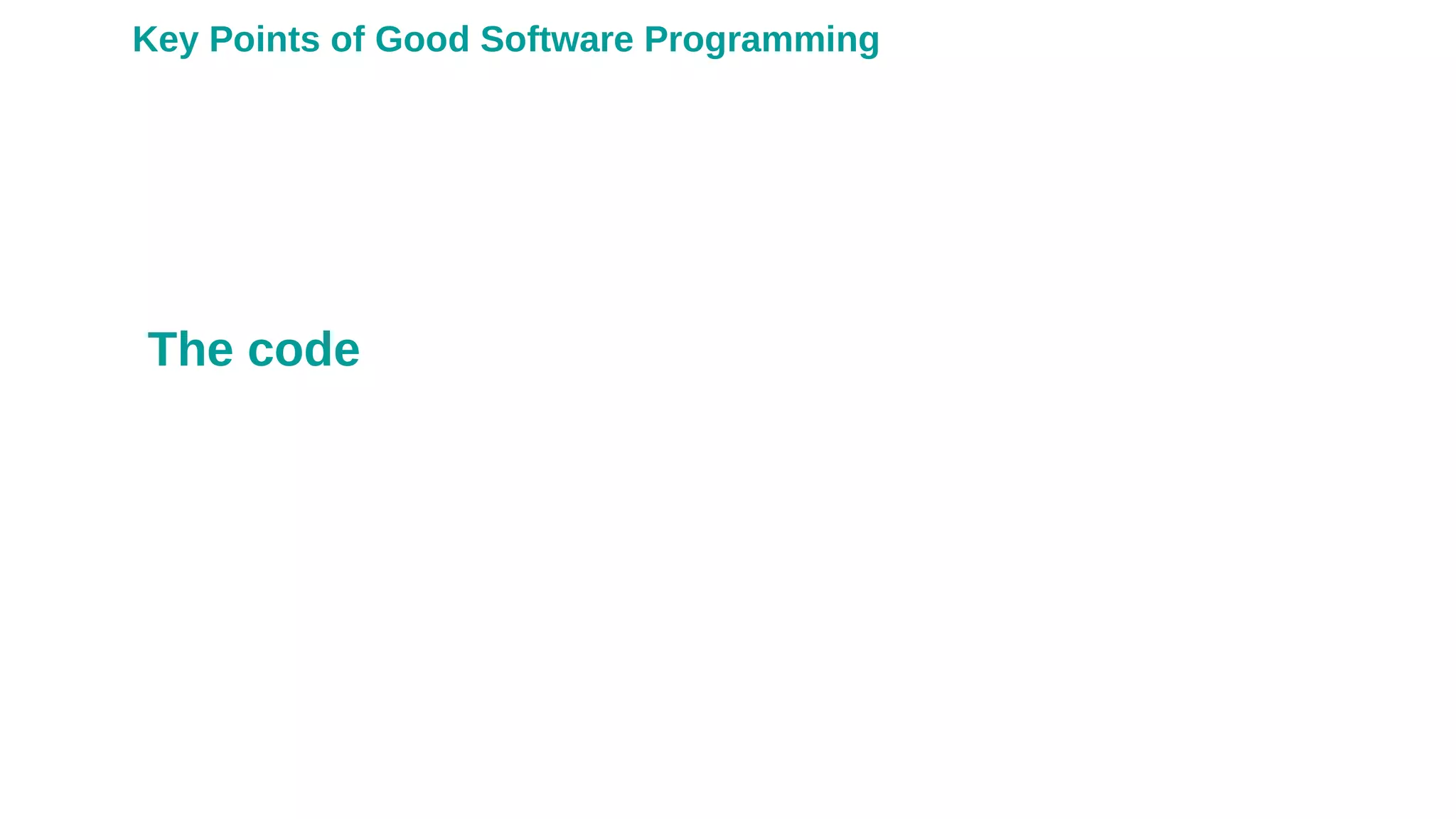
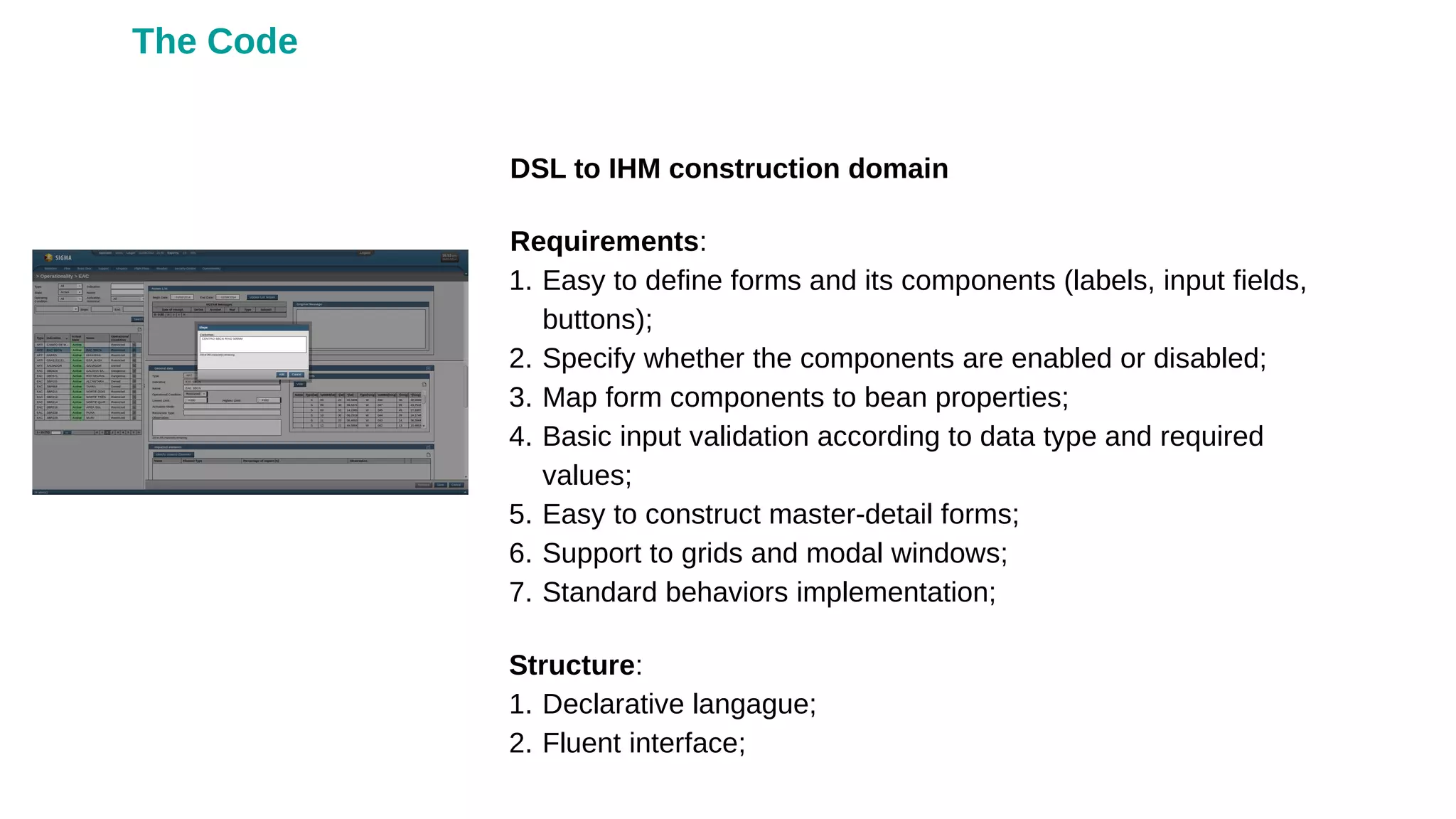
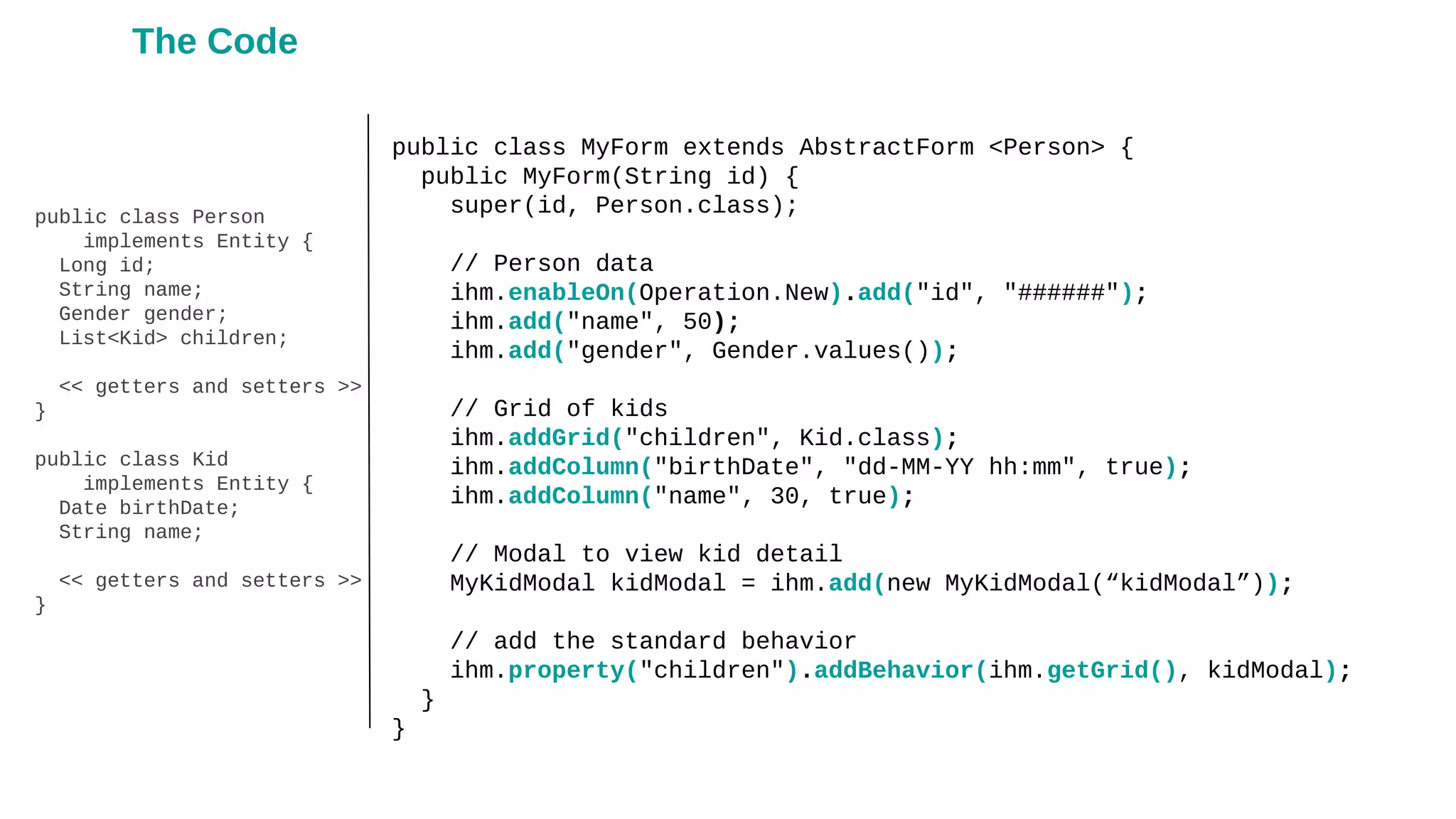
![Benefits:
● Programming closer to domain;
● Requirement traceable to and from code.
Internal characteristics [2]
•
Maintainability
•
Flexibility
•
Portability
•
Reusability
•
Readability
•
Testability
•
Understandability
The Code](https://image.slidesharecdn.com/keypointsofgoodsoftwareprogramming-170921145843/75/Key-points-of-good-software-programming-27-2048.jpg)
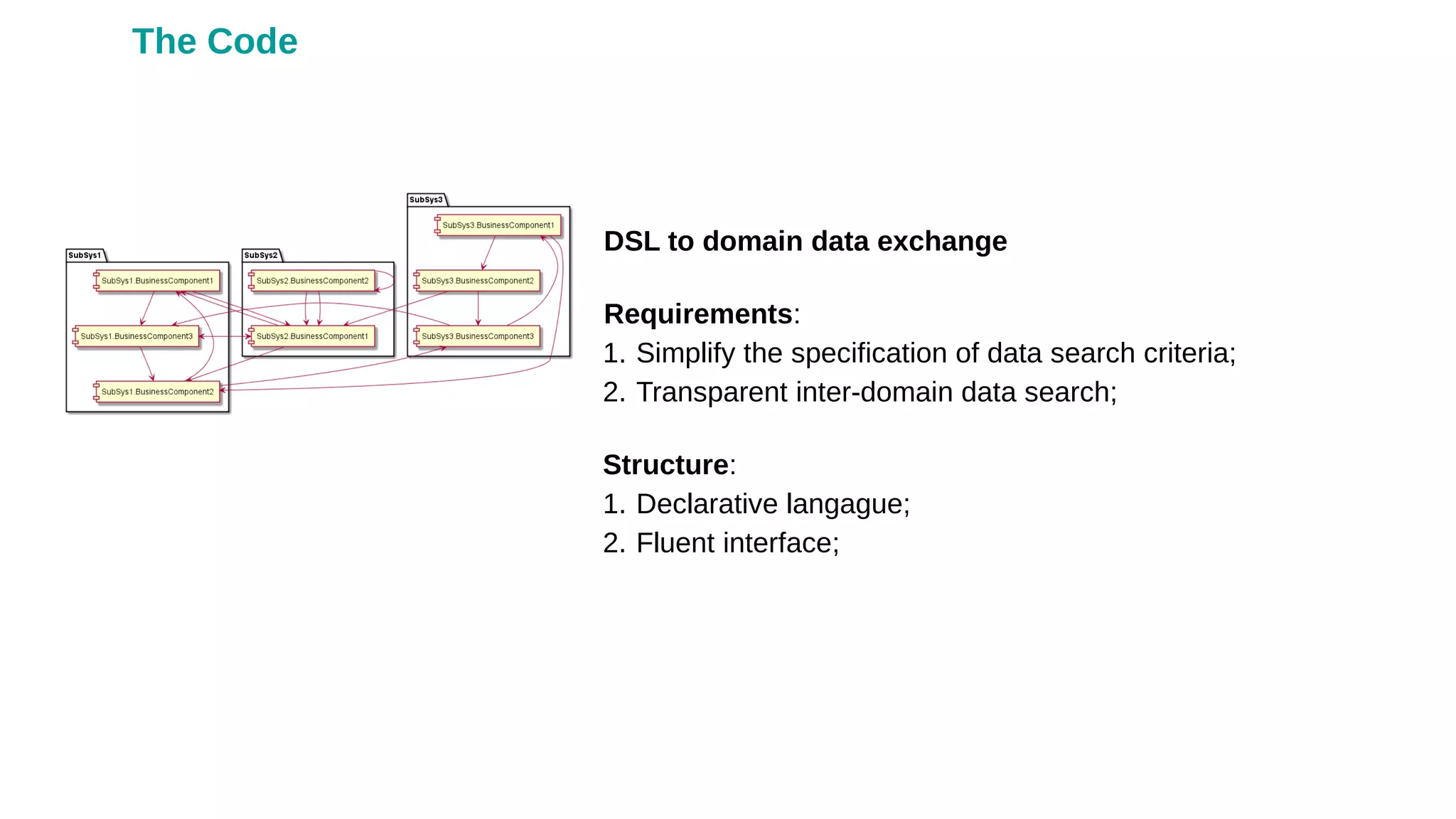
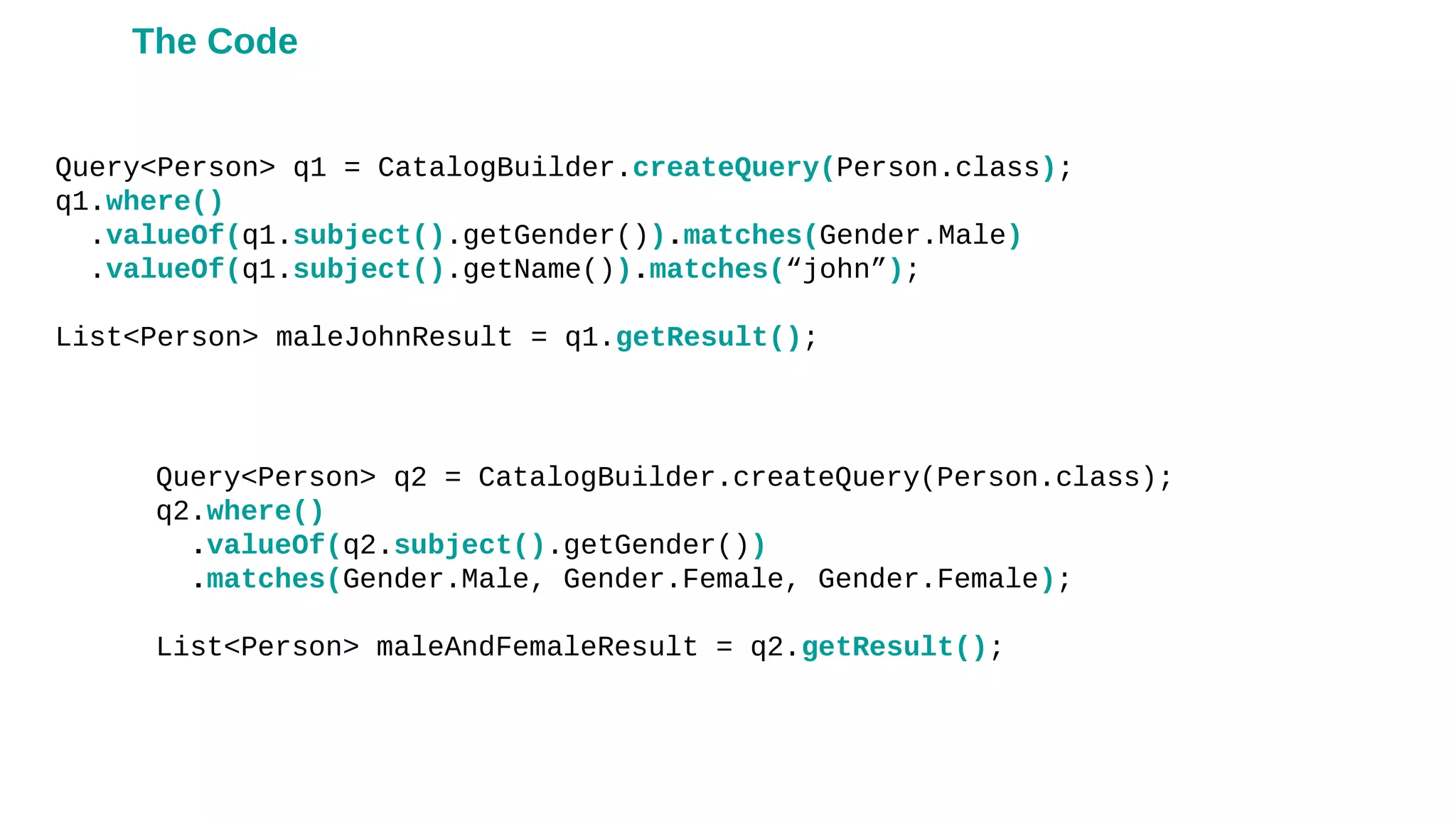
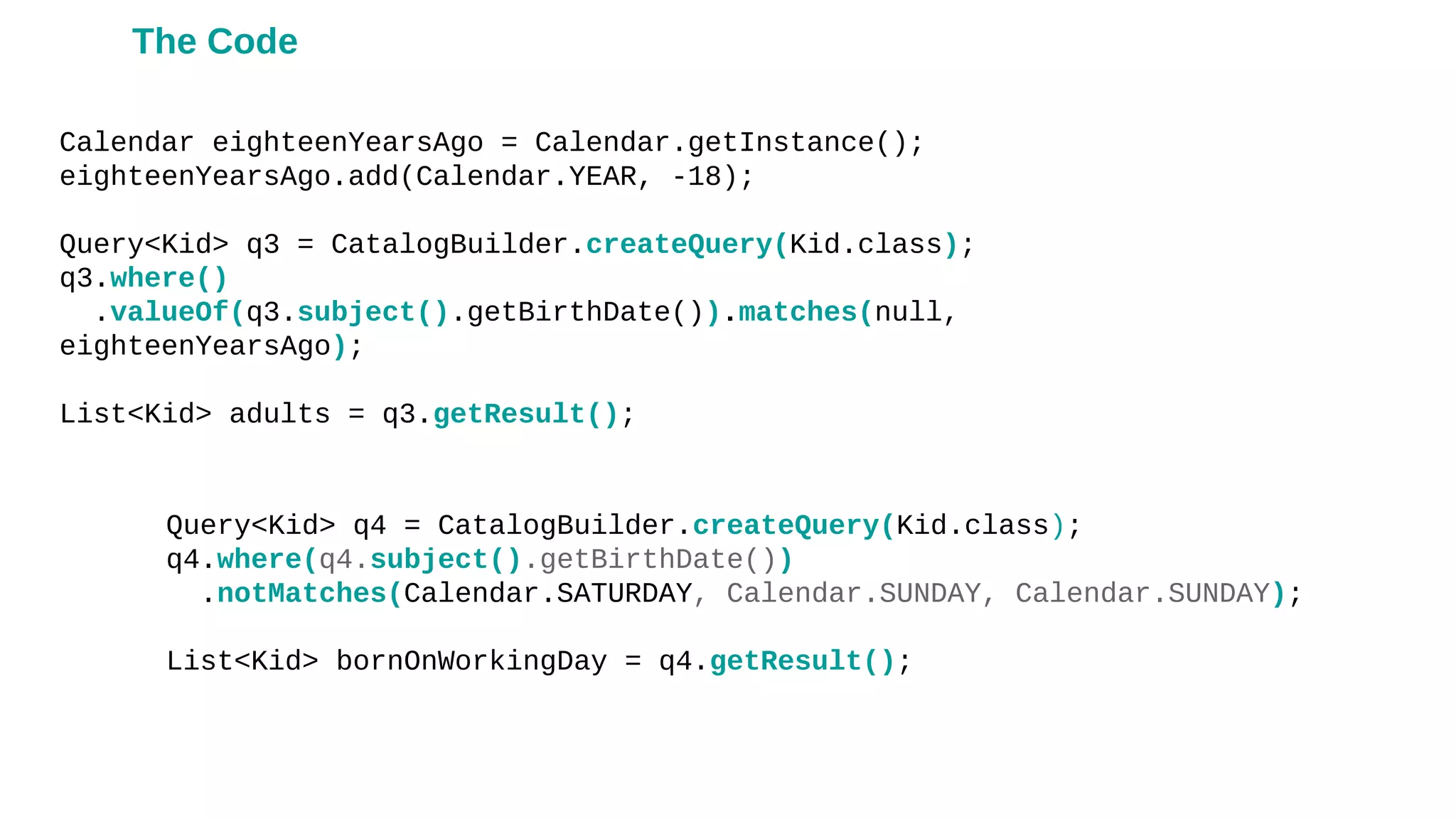
![Benefits:
Loosely coupled components;
Framework independency;
Reusable mocks.
Internal characteristics [2]
•
Maintainability
•
Flexibility
•
Portability
•
Reusability
•
Readability
•
Testability
•
Understandability
The Code](https://image.slidesharecdn.com/keypointsofgoodsoftwareprogramming-170921145843/75/Key-points-of-good-software-programming-31-2048.jpg)
![● Representation is the essence of programming [1]
● Code is really the language in which we ultimately express the requirements [5];
● Program close to the requirements [5];
[1] Frederick Brooks. The Mythical Man-Month
[5] Robert C. Martin. Clean Code. A Handbook of Agile Software Craftsmanship
The power of representation
The Code](https://image.slidesharecdn.com/keypointsofgoodsoftwareprogramming-170921145843/75/Key-points-of-good-software-programming-32-2048.jpg)
![● Small;
● Usually declarative;
● Offers expressive power;
● Each user has its own problem domain.
● Expressive power [9], expressivity [10], orthogonality [11], declarative
programming [12], Coding by convention [13].
DSL - Domain-Specific Language [8]
[8] A. van Deursen, P. Klint, J.M.W. Visser. Domain-specific languages
[9] Wikipedia. Programming language (http://en.wikipedia.org/wiki/Programming_language)
[10] Juan José Moreno Navarro. Expressivity of Functional-logic Languages and their Implementation
[11] Wikipedia. Orthogonality (programming) (http://en.wikipedia.org/wiki/Orthogonality_(programming))
[12] Wikipedia. Declarative programming (http://en.wikipedia.org/wiki/Declarative_programming)
The Code](https://image.slidesharecdn.com/keypointsofgoodsoftwareprogramming-170921145843/75/Key-points-of-good-software-programming-33-2048.jpg)
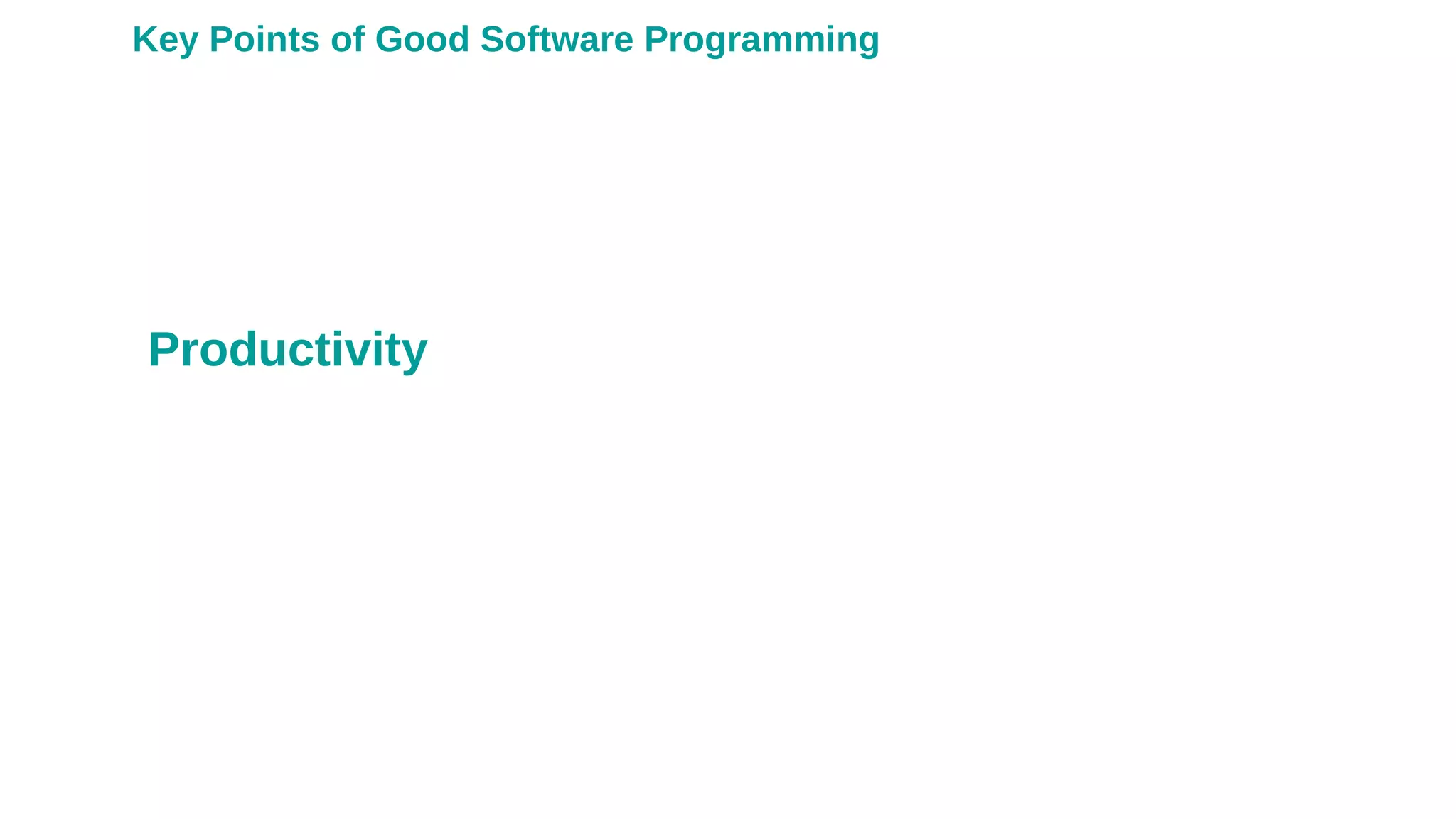
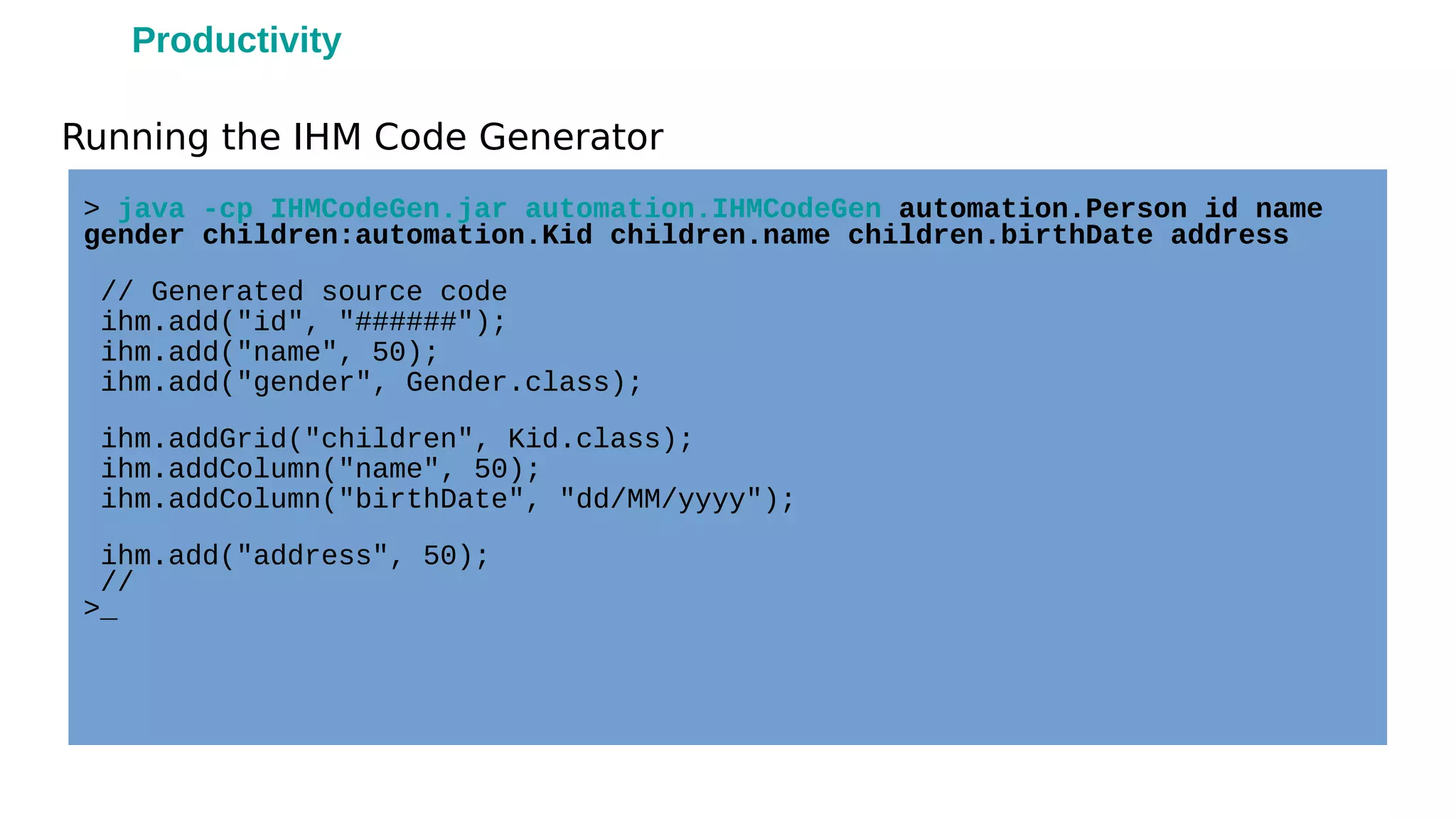
![Benefits:
●Easy and fast prototyping
●Customer experience anticipation
●Less re-work.
Internal characteristics [2]
•
Maintainability
•
Flexibility
•
Portability
•
Reusability
•
Readability
•
Testability
•
Understandability
Productivity](https://image.slidesharecdn.com/keypointsofgoodsoftwareprogramming-170921145843/75/Key-points-of-good-software-programming-36-2048.jpg)
![● People just aren't as repeatable as computers are. Nor should we
expect them to be [4]
● Design also to automate at least some of the construction [7].
[4] Andrew Hunt, David Thomas. Pragmatic Programmer, The: From Journeyman to Master
[7] The MDA Guide v1.0.1 - OMG (http://www.omg.org/cgi-bin/doc?omg/03-06-01.pdf)
Productivity](https://image.slidesharecdn.com/keypointsofgoodsoftwareprogramming-170921145843/75/Key-points-of-good-software-programming-37-2048.jpg)
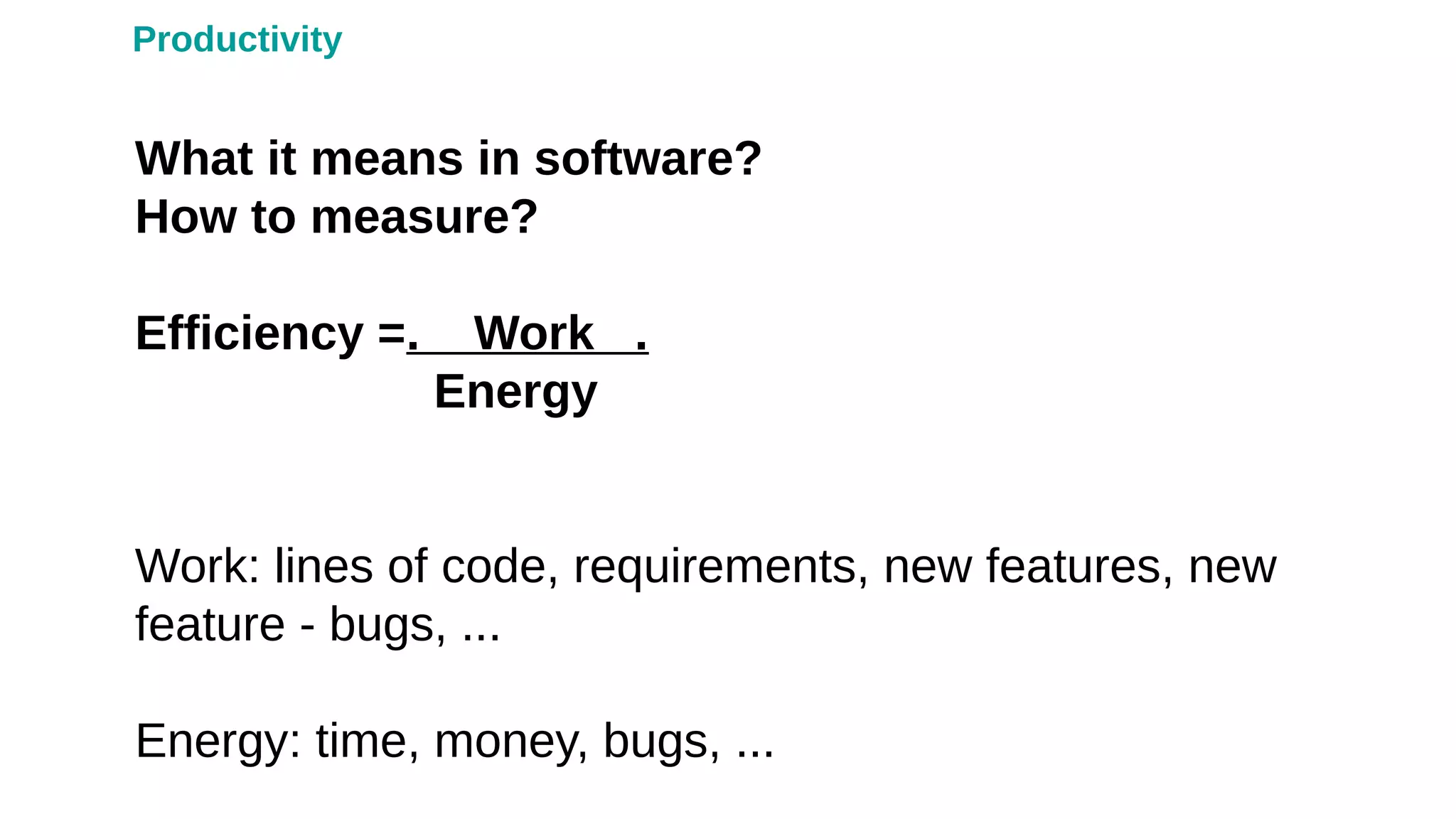
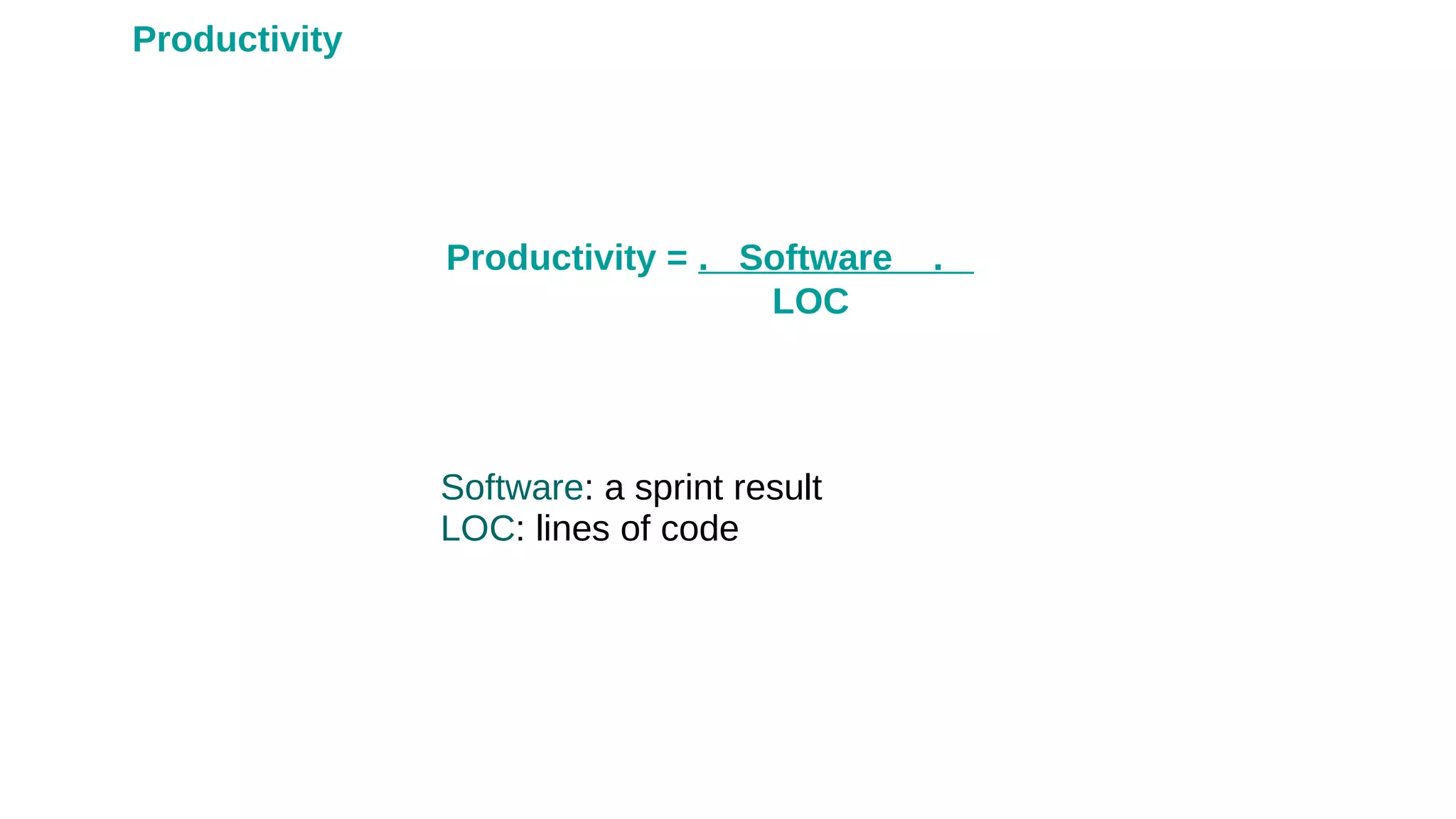
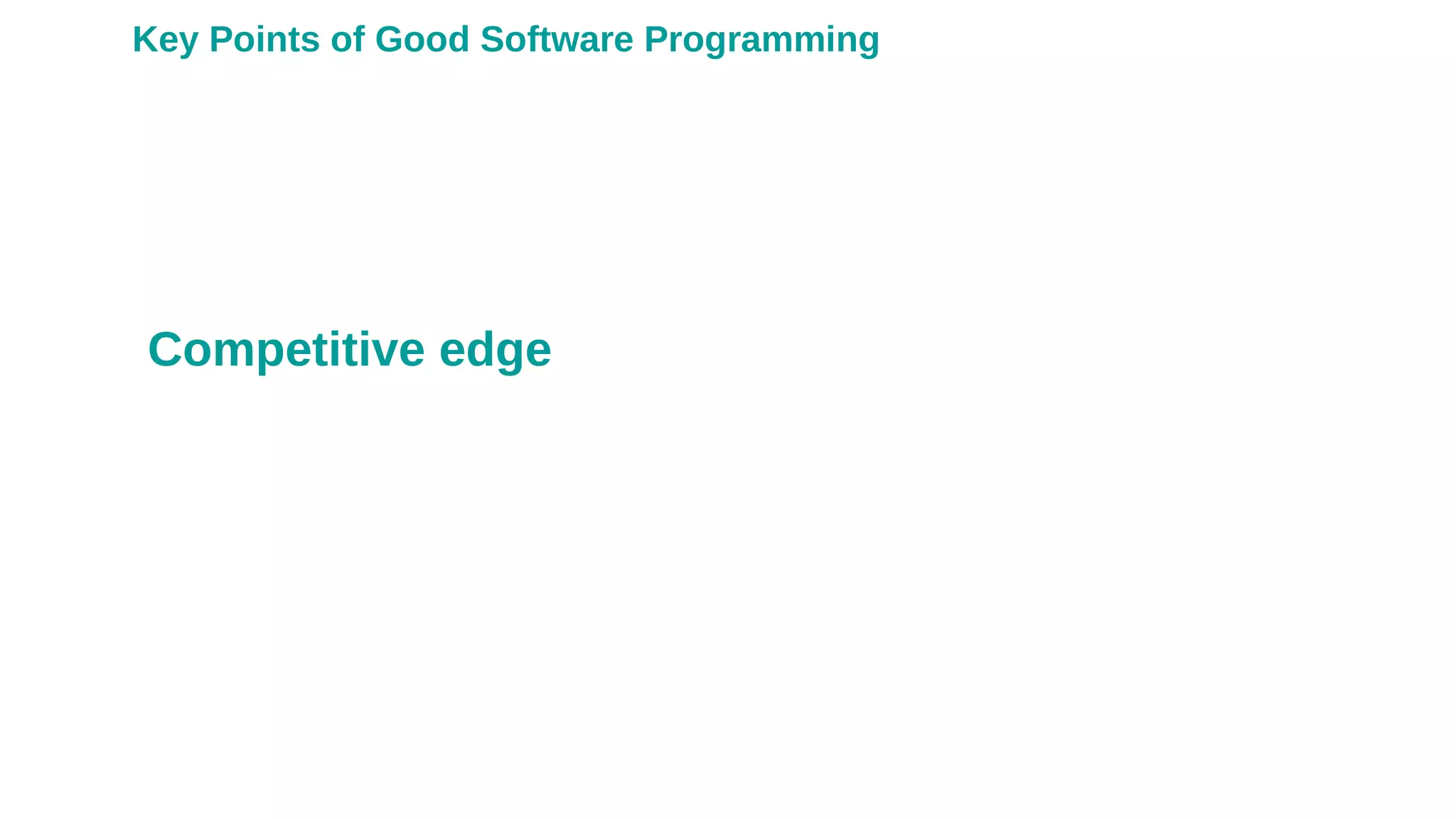
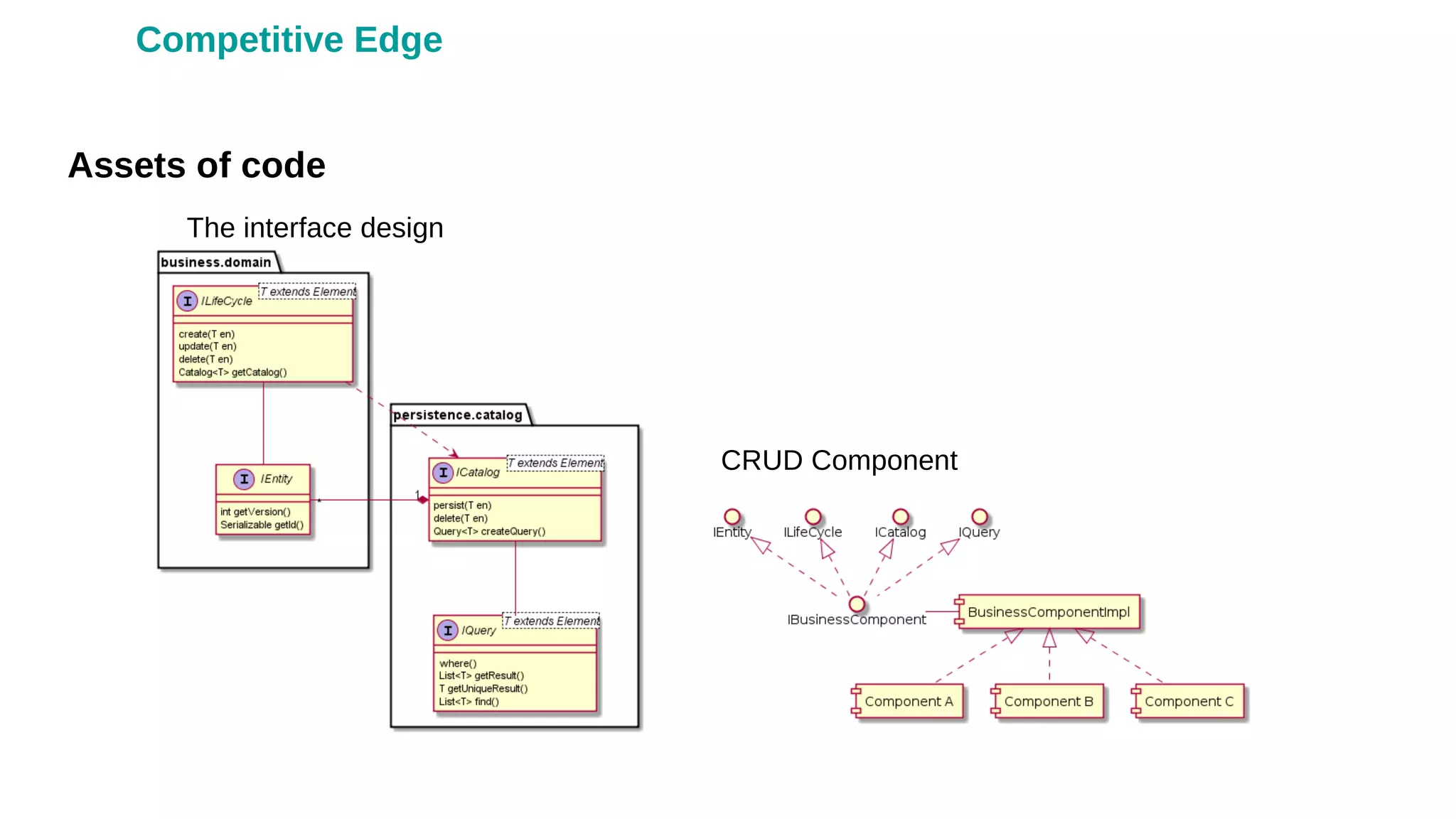
![Benefits:
● CRUD Protoypes became fully-
functional and extensible.
● Productivity
Internal characteristics [2]
•
Maintainability
•
Flexibility
•
Portability
•
Reusability
•
Readability
•
Testability
•
Understandability
Competitive Edge](https://image.slidesharecdn.com/keypointsofgoodsoftwareprogramming-170921145843/75/Key-points-of-good-software-programming-42-2048.jpg)
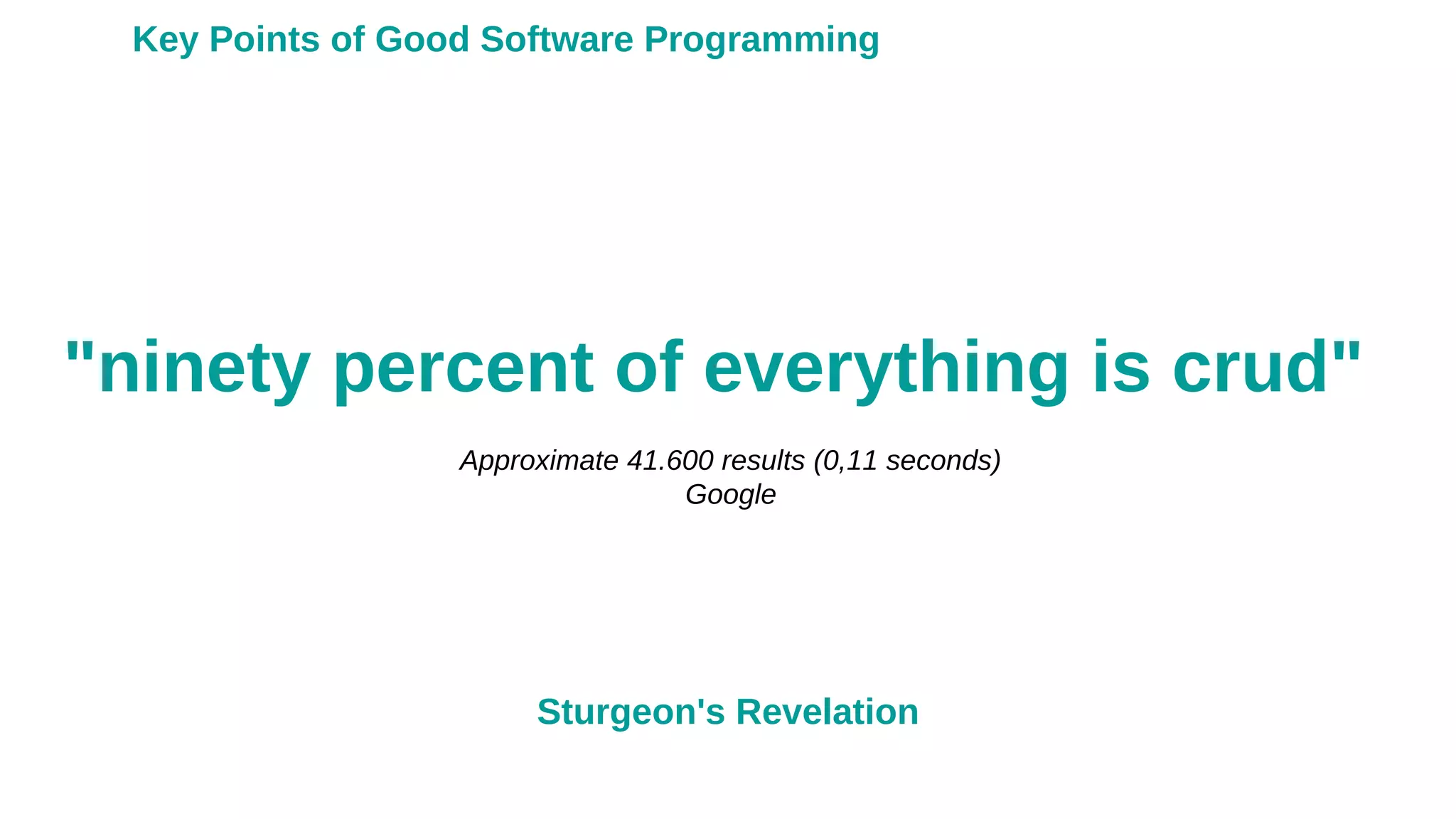
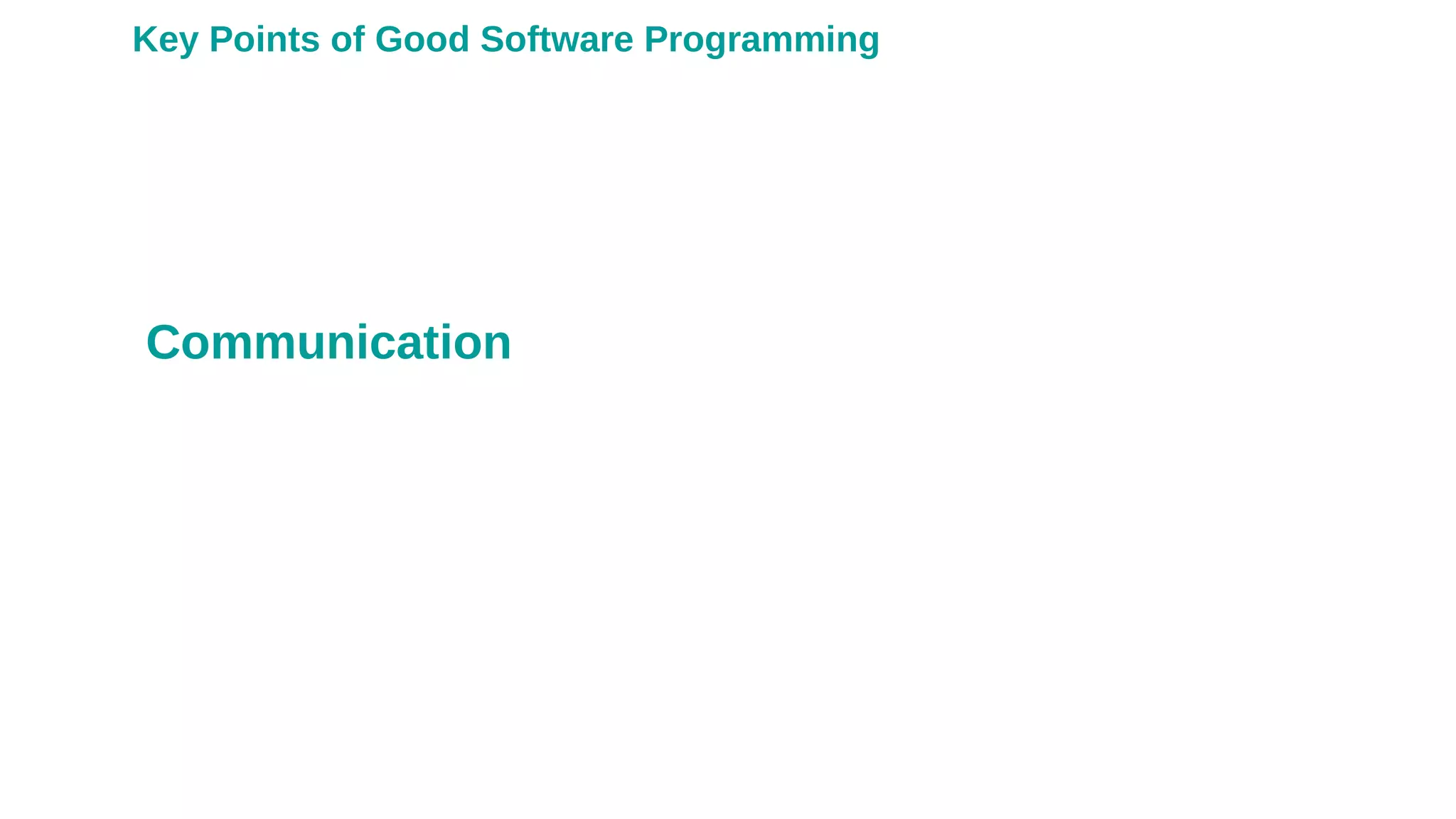
![Communication
The second-system effect [1]
Communication Gap
[1] Frederick Brooks. The Mythical Man-Month
● Software from scratch: no legacy solutions;
● Not enougth time
● Not enougth money](https://image.slidesharecdn.com/keypointsofgoodsoftwareprogramming-170921145843/75/Key-points-of-good-software-programming-45-2048.jpg)
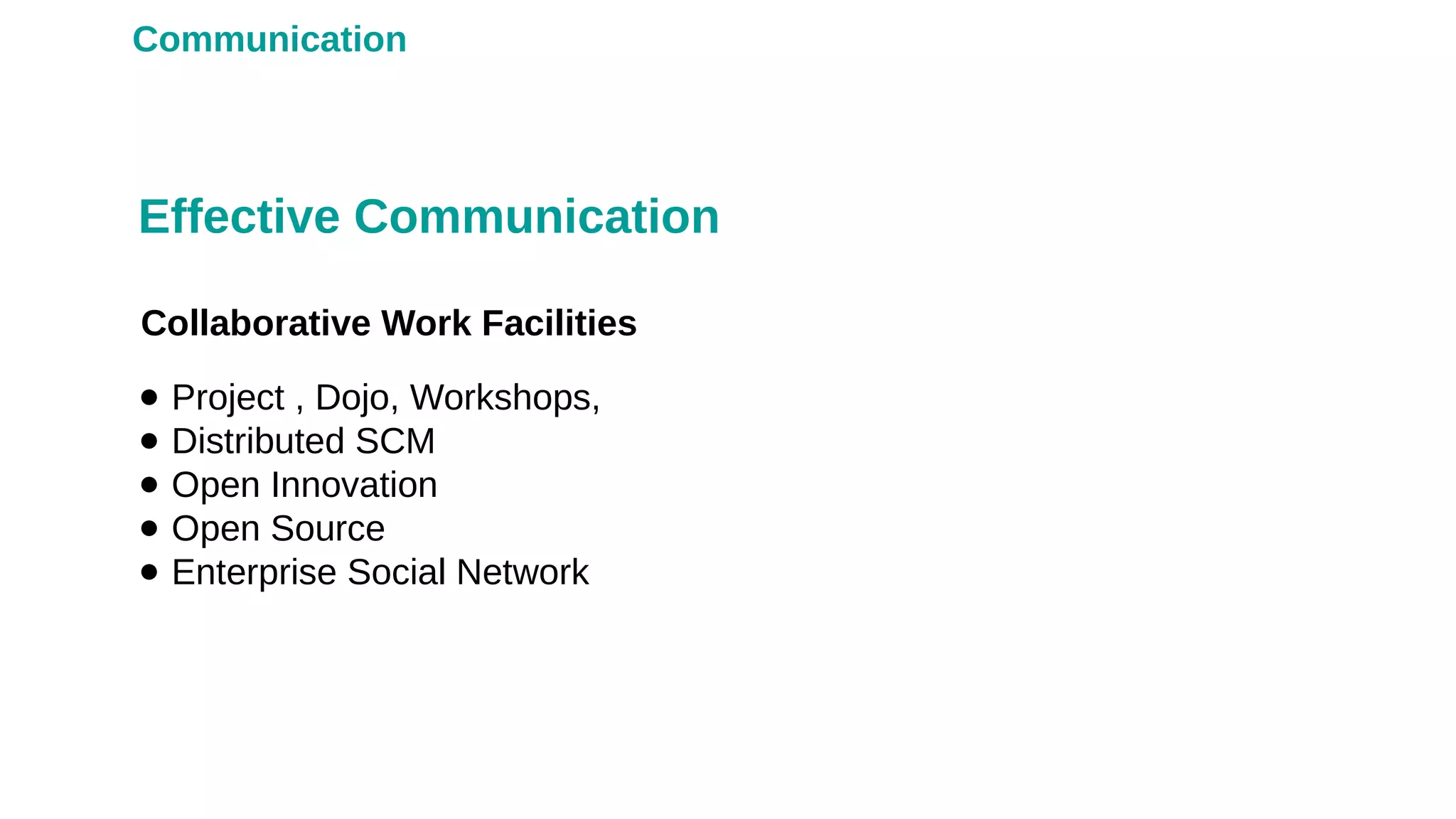
![[1] Frederick Brooks. The Mythical Man-Month
[2] Steve McConnell. Code Complete, A Practical Handbook of Software Construction - 2nd Edition
[3] Extreme Programming: A gentle introduction (http://www.extremeprogramming.org/rules/simple.html)
[4] Andrew Hunt, David Thomas. Pragmatic Programmer, The: From Journeyman to Master
[5] Robert C. Martin. Clean Code. A Handbook of Agile Software Craftsmanship
[6] Martin Fowler. Is Design Dead? (http://martinfowler.com/articles/designDead.html)
[7] The MDA Guide v1.0.1 - OMG (http://www.omg.org/cgi-bin/doc?omg/03-06-01.pdf)
[8] A. van Deursen, P. Klint, J.M.W. Visser. Domain-specific languages
[9] Wikipedia. Programming language (http://en.wikipedia.org/wiki/Programming_language)
[10] Juan José Moreno Navarro. Expressivity of Functional-logic Languages and their Implementation
[11] Wikipedia. Orthogonality (programming) (http://en.wikipedia.org/wiki/Orthogonality_(programming))
References](https://image.slidesharecdn.com/keypointsofgoodsoftwareprogramming-170921145843/75/Key-points-of-good-software-programming-47-2048.jpg)
![[12] Wikipedia. Declarative programming (http://en.wikipedia.org/wiki/Declarative_programming)
[13] Wikipedia. Convention over configuration (http://en.wikipedia.org/wiki/Convention_over_configuration)
[14] Fowler, Rice, Foemmel, Hieatt, Mee, Stafford. Patterns of Enterprise Application Architecture
[15] Samisa Abeysinghe. PHP Team Development: Easy and Effective Team Work Using MVC, AgileDevelopment, Source
Control, Testing, Bug Tracking, and More
[16] GEORGE J. KLIR. Facets of Systems Science
References](https://image.slidesharecdn.com/keypointsofgoodsoftwareprogramming-170921145843/75/Key-points-of-good-software-programming-48-2048.jpg)

